WHAT: The epic Salkantay Trekking WHERE: Along the Camino de Salkantay, all the way towards the ancient inca ruins of Machu Picchu HOW LONG: 5 days in total: 4 days of hiking and 1 day visit of Machu Picchu HOW MUCH: $420,- for the full 5-day hike. Excluded sleeping bags ($25,-), walking poles ($25,-), hot springs and a possible visit to one of the two mountains of Mach Picchu (both also $25,-)
Drop dead gorgeous. One of the picturesque settings you'll encounter on the way
Get ready for this once in a lifetime trip! We joined Salkantay Trekking for a 5-day hike along the 51 km / 31 miles of the Camino de Salkantay: a perfect trekking for those who aren’t afraid to push their limits a little, enjoy gorgeous mountain and tropical landscapes and love chewing coca leaves :).
The Salkantay trek used to be an Incan trade route for coca and potatoes. Nowadays it still leads around the Salkantay (obviously the trek’s namesake); at 6,271 m / 20,574 feet the highest peak of the Willkapampa Mountain Range. The Inca thought that the Salkantay was a deity that controlled the weather and thus the fertility of the grounds in the region west of Cusco. The name comes from the Quechua word sallqa, which means as much as ‘savage’ or ‘wild’. Therefore the mountain is translated as ‘savage mountain’.
And savage the trekking is. The path leads along an old waterway system, a gorgeous waterfall, the epic Humantay Lake, through the snow-capped mountain Salkantay pass, along the edge of the cloud forest, includes a visit to a coffee plantation, a stop near some lovely hot springs, goes into an abundant tropical forest starring the lesser-known Llactapata Inca ruins, before finally finishing with a sunrise on the 5th morning at the ancient Inca citadel of Machu Picchu.
Some things to know while preparing
-
Why not rather hike the Inca trail?
Well… there’s a simple reason to it. The Inca Trail only allows 500 people per day and is already fully booked more of less half a year in advance. As we only knew a couple of weeks in advance that we wanted to go to Cusco and Machu Picchu, hiking it just wasn’t possible.
But… there’s a but! Although the Inca trekking is without a doubt the best known pass you can hike to get to Machu Picchu, it also means that it’s a very busy one. The Salkantay trekking is said to be more exclusive and less touristy. Apart from that, the diversity of climates and landscapes that the trail has to offer in one trip is immense. Perhaps this is the reason that the hike was named “one of the 25 best treks in the world” by National Geographic Adventure Travel Magazine.
-
What organization to choose?
No matter the pretty views, the climbs and descents can be quite steep and long. Especially the second day – along the Salkantay pass – can be a bit of a shock to your system if you’re not used (enough) to the altitude. Because of that, make sure you have a decent organisation to go with, one that looks after you and provides oxygen in case of dire need. We opted for Salkantay Trekking and we absolutely didn’t regret that decision.
What sets aside this organisation in the Cusco myriad of tour operators is the unique accommodation that they offer. The Sky Lodge, Andean Hut and Tent Dome are as luxury and fabulous as it gets during this trekking.
Moreover, Salkantay Trekking had the highest score on Tripadvisor. But apart from everything else, it’s really the guide that can make or break your adventure. We were lucky with Marco, as he was highly experienced, very friendly and personable, treated the group as his family and was passionate about learning everyone and involving everyone to pachamama (mother earth) and the Quechua culture.
-
How much does it cost?
Though the tour was with its $420,- USD a tad more expensive than regular organizations would offer (once in Cusco, it’s possible to find tours for the incredibly low price of $200,- USD), but while booking I remembered the words of a friend who did the hike a couple of years earlier: it’s a tough challenge, so you better just make sure everything else is damn right! And in hindsight I agree with that. If you go, don’t save on the experience, but make it worthwhile.
I haven’t done the Inca Trail, so I can’t compare unfortunately. But I can show and tell you how our Salkantay trip was like, in here!
DAY 1:
After a very early morning pick-up (around 4 am), we first headed to Mollepata for a biggg breakfast. A great way to get to know everyone in the group and the pancakes for sure gave us enough fuel to start our first climb of the day.
The evening before the trekking, our guide Marco already told us during the briefing about the ins and outs of the hike itself. So we were aware that this very first climb would basically show us how we would coop with the altitude while walking.
Thankfully we were immediately rewarded with views like these.
As the group was of different levels of speed, we took it very slow. In general I would say – and mind that I have a very average condition with few climbing experience – the pace was slow, just to make sure that everyone would be able to catch up.
At the top of the slope we were ready to hit the long and flat trail towards our first accommodation for tonight: the Sky Domes. But first Marco gave us a very neat explanation of the significance of both the Salkantay trail and the coca leaf for the Inca culture. Nomnomnom, we didn’t mind chewing those leafs either.
The sun came out, several layers of clothes were stripped and we had our first view of the gorgeous mountain range.
The rest of the path until lunch was fairly easy. We just had to follow the old waterway, the one you can see above, until we hit the valley.
The waterfall we encountered when we almost reached the Sky Lodge was just so epic. The picture near the top of this article also shows how pristine the look of this valley was.
And thus we reached our camp base for the night! But alas, we needed to do some more hiking. After a very filling lunch and a quick nappie we spent the rest of the afternoon reaching Lake Humantay. We climbed in altitude so hard that most of us needed a break every 100 meters. A bit of crawling was needed too from time to time.
Funny enough the grazing bulls didn’t mind the altitude and steepness at all. They had some breath left for fighting one another as we were gasping for air in between.
Thankfully we all made it through and the hike was so worth it. Deep, crystal clear waters with small waterfalls, wild flowers and the gorgeous peaks of the Willkapampa mountain range right were awaiting us.
Say whattttt:
The road back clearly was a lot easier. You could basically run back down to the camp in 20 minutes. Right before dark we reached the lodge again, starving for some Peruvian food.
I always forget to make pictures of food, but trust me. The meals were really, really good and they came in huge portions. Both lunches and dinners starred a warm three-course menu, with a lot of options for the veggies and vegans as well.
The cooks also often gave it a decorative ‘swing’, creating animal-shaped dishes: turtle-shaped pineapple, grasshopper-shaped carrots, butterfly-shaped bread crips … I saw it all came by. Now I think of it again I really regret now not having made those pictures.
See these clay bulls above? They were placed on top of the domes to protect the houses and its inhabitant from harm, as by local Peruvian belief.
The Sky Domes were really cool and cold at night. But hey, if you can look at thousands of stars from out of your bed there’s really little to complain about.
If you need to go to the bathroom though at night, mark your dome. Take my advice, as I learned it the hard way. I walked without both my contact lenses and glasses in the pitch dark (-6 on both eyes) and on the way back I suddenly realised how much the domes look the same. A bit too much. Quite a task finding it back while being sleepy.
DAY 2: The Salkantay Pass
After a wakey-wakey splash of water in the face and an early breakfast we knew we had a tough morning coming up: the Salkantay Pass. The hike was basically the same level of the road to the Humantay Lake: steep and long.
I personally had little difficulty with the altitude, but some of us were really suffering in here and breathing like a choo-choo train. Luckily Marco had brought some oxygen with him and the donkeys were never far away either, for those who really couldn’t walk any further.
I enjoyed this road immensely. I mean, just look at this:
“I want to see mountains again, Gandalf, mountains, and then find somewhere where I can rest.”
It was beautiful. And so cold again at the top. But as always the crew took immensely good care of us and warmed up the spirit and the inner self with tea, coffee and sandwiches.
Marco showed us as well how to honour pachamama (mother earth) by making a sacrifice of coca leaves.
Time for the road down.
After lunch the area suddenly changed from an arid landscape into a cloud forest. It was basically like walking in Monteverde’s cloud forest in Costa Rica.
Lush forest, many rain showers in between (according to Marco just tiny Inca rain showers :)), waterfalls, tropical flowers and insects.
You would almost expect a t-rex to pop-up in this Jurassic Park-like environment.
At the end of the afternoon we reached the next accommodation. Personally, I liked these Andean huts (see above) the least of all three, basically because the sanitary could be much cleaner and because the common area wasn’t as cosy as at the other spots.
This is the only accommodation of the three nights that the operator has to rent. The lodges on the first and last night are owned by Salkantay Trekking itself, and you could tell the difference.
But there was an upside too; the camping had a bar. Time for a cusqueña!
DAY 3: The long hike, coffee tour and hot springs
As we had been out there in the wild and our faces were getting dirty, bleak and grim, Marco decided we needed some brushing up. So right after breakfast he browsed in the bushes for a certain plant, took out its red seeds and began polishing up our faces with these inca patterns. Make-up time!
Look at all of us shining in the jungle.
The rest of the day we just walked – much longer than we expected it to be – on a flat trail along the river.
Although the vistas were more or less the same the whole road, we encountered again a couple of immaculate waterfalls, butterflies and flowers in between.
The most surprising thing was perhaps this hummingbird. I mean, there were loads of hummingbirds, but this one was probably injured and therefore unable to fly any further (at that moment at least).
At the end of the hike we were able to rest for a bit at a coffee producing site. Albeit touristy, it was fun to see how the coffee was harvested, processed, dried, milled and roasted. Even better was that we could spice up our caffeine levels with some self grinned coffee. Add some local made coffee liquor to that and we had nothing but smiling faces afterwards.
Thankfully we didn’t had to walk the rest of the day. With a minivan we were brought to our next lodge, the Tent Domes. They were basically as cool as the Sky Domes, yet now without the looking-through ceiling and situated in a tropical forest.
That wasn’t all; the day just kept on getting better. In the late afternoon we were able to soothe our sore muscles – in the hot springs! After a long drive we arrived at these two big naturally heated mineral pools aligned next to a very cold water shower. The rest of the day the only task left for us was to find the warmest spot in each pool. And own it.
Even though we weren’t alone out there it felt as if this spot was totally in the middle of nowhere, including some unfettered views on the peaks in front of us, optimizing the physical and mental relaxation out there.
You can imagine we slept like babies after this full day of both hiking ánd soaking.
Zzzz
DAY 4: George, George George of the jungle
The last day (of hiking that is) was another pretty tough one. Perhaps it was because we had to ascend a mountain, or due to the humid climate, the mosquitos, or just because we were getting tired of hiking for hours every day.
The surroundings we were walking through were incredibly lush. The way to the the top reminded me of the Rayman (the game: childhood flashback!) enchanted forest with birds, insects, fruits and flowers chirping, walking and growing everywhere. Whatever you plant in here will sprout in no-time in here.
On the other side of the hill we reached the Llactapata ruins: an ancient inca site that barely has been excavated so far.
From Llactapata we were also able to have our first look on Machu Picchu! Though far away it was really exciting to see the valley once the clouds were lifted.
The road from the ruins to the lunch stop was basically just one long and slippery descent. I didn’t had any walking poles and I didn’t mind thus far, but on these slopes I really could have used them.
Most of us were – at least partially – covered in mud afterwards.
Yet, the end of the hiking day was near, hurray! For those who wanted to conserve their strength it was possible to take the train all the way to Aguas Calientes – the final stop of the day and the hub where all the people stay who want to visit Machu Picchu early in the morning.
Both the walking trail and the train winds around the hill of were Machu Picchu is perched upon along the Urubamba river.
We decided to skip the train and walk this last bit too. It was fairly easy, but way longer than expected. I think it added another three hours of hiking to an already long hiking day. Seeing the trains flying by was fun and so were the first looks on the incan walls from below.
Finally we reached the world of the living again. Unfortunately Aguas Calientes is the most touristy town in the Sacred Valley, so apart from the warm shower I wasn’t sure if we had to be all to happy about it.
DAY 5: Machu Picchu
Machu Picchu is qualified as one of the seven new wonders of the world, a candidate on many bucket lists and by far the best visited place in Peru. You may get it; MP is the cherry on the Peruvian pie. After the 4-day Salkantay trekking hike – it’s kind of a cliche, but – it really was stunning to see that iconic panorama view of the famous city.
We had to rise and shine rather early this day. A bit difficult, as sleeping in an actual bed was so comfortable again. But we all managed and around 5 am we stood in line with the group for the bus in order to get to the site.
It’s also possible to hike towards the entrance, but as it’s set upon a hill and you’ll be walking the rest of the day as well, you might just want to go by bus. You won’t see that much either by the way, as you have get up rrrrreally early – in the pitch dark – to reach MP in time. I wanted to hike up at first, but in the end I was pretty glad that we didn’t. Save your energy for the day itself.
We were a bit unlucky. Early in the morning the fog surrounded the area and for a small while I was afraid that it would stay there all day. Nevertheless walking around was nice, as Marco was able to explain us a lot of history and peculiar facts about the site while walking around.
Most of the magic of Machu Picchu lies in the fact that the city never was discovered (and thus destroyed) by the Spanish conquistadors. Apart from that, it’s incredible to imagine how the people moved all of those giant boulders (that fit into one another so perfectly precise) to this high and remote area, in a short period of time.
After the morning tour it was time to say goodbye to Marco and thank him for all he did. He deserved some rest and peace far away from all of us :).
That didn’t mean we were done ourselves too. If you have a ticket, everyone is allowed to go in MP a second time on the same day. This time you can explore the area on your own pace once more, or climb one of the two mountains at the site: Machu Picchu Mountain and Huayna Picchu Mountain.
We chose to conquer the biggest of the two: Machu Picchu Mountain. The hike itself was certainly challenging. It’s a whole lot of steps: some larger, some small and at some point you have the feeling that this road up just will never stop.
The views at the top are incredible though, it really makes you feel the weight of how remote you are when you reach the peak. Even better is the idea that you stare at the same forests that the incas did hundreds of years ago.
So was the Salkantay trekking worth it?
Hell yeah! If I had to do it again I’d book again with Salkantay Trekking. The 4-day hike really added to the Machu Picchu experience. Our guide, accommodations, food and information provided: all was just absolutely amazing. I realized this once more a week later, when I did another multiple day tour that didn’t reach the standard of this Salkantay adventure, by far.
I’m not sure if I’d have done things differently in hindsight. The prepping up front by the organization was quite good, so as long as you follow the instructions more or less, you’ll be fine gear wise. The one piece of advice I can give you is just to enjoy it the best you can. Even if your back, knees or legs hurt (and they wíll at some point), just remind yourself that you’re so lucky to be on this big and incredible outdoor adventure.
Interested to see more of my best Salkantay pictures, click here! And check out the magic of Machu Picchu in here!
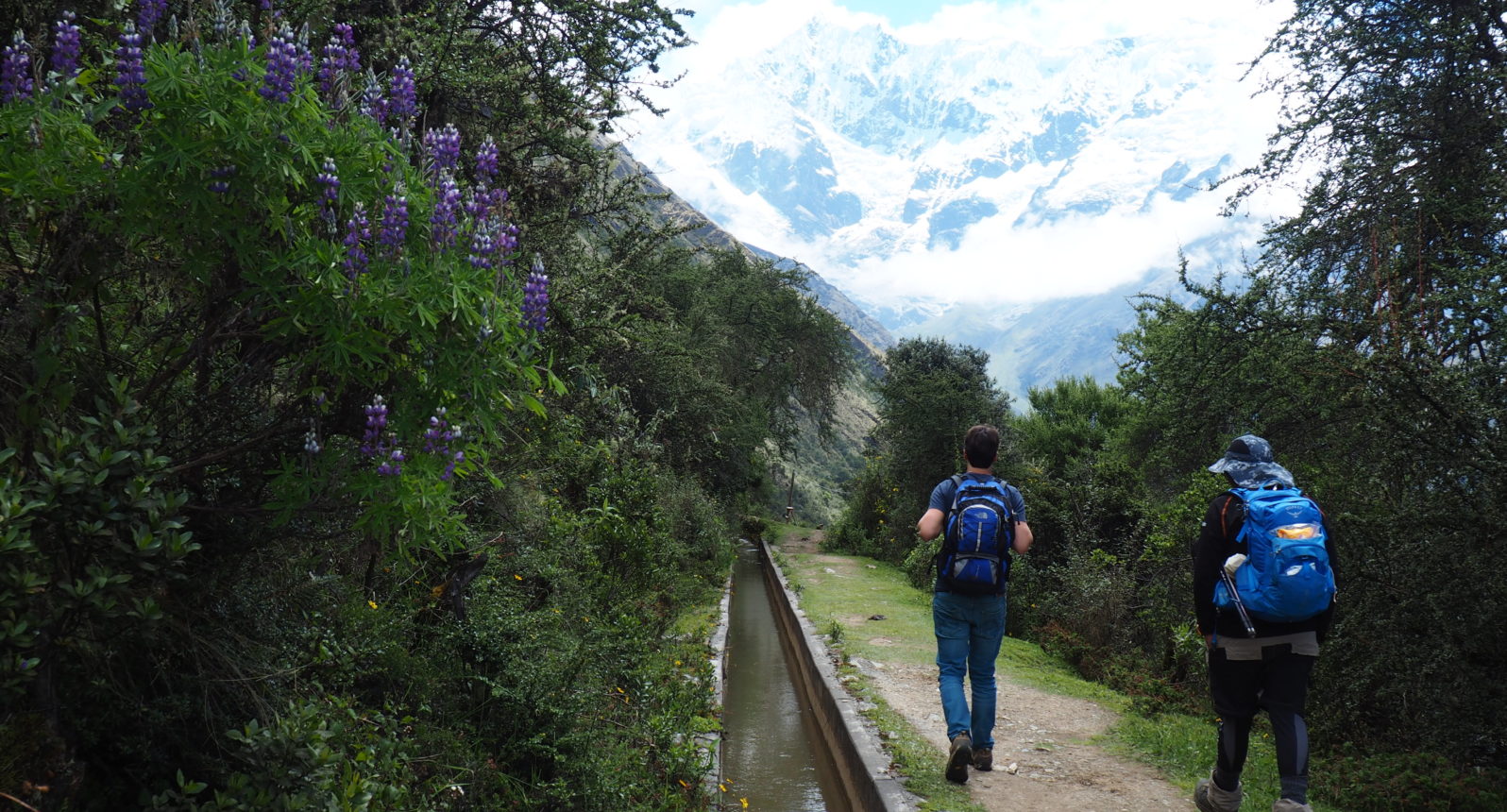
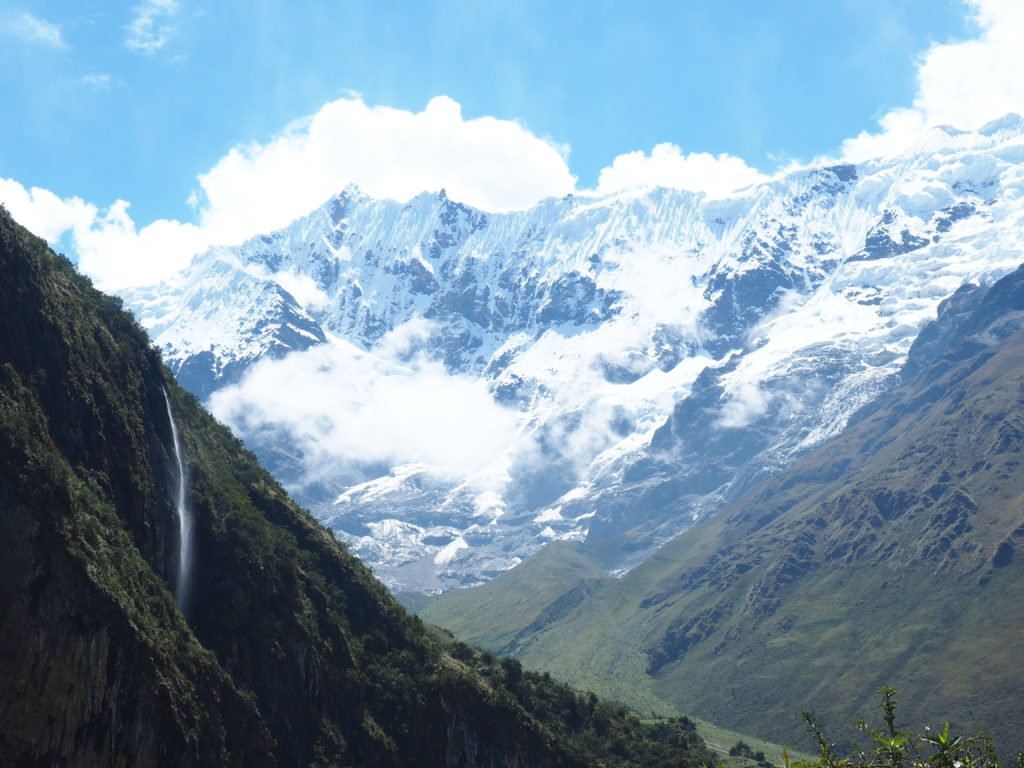
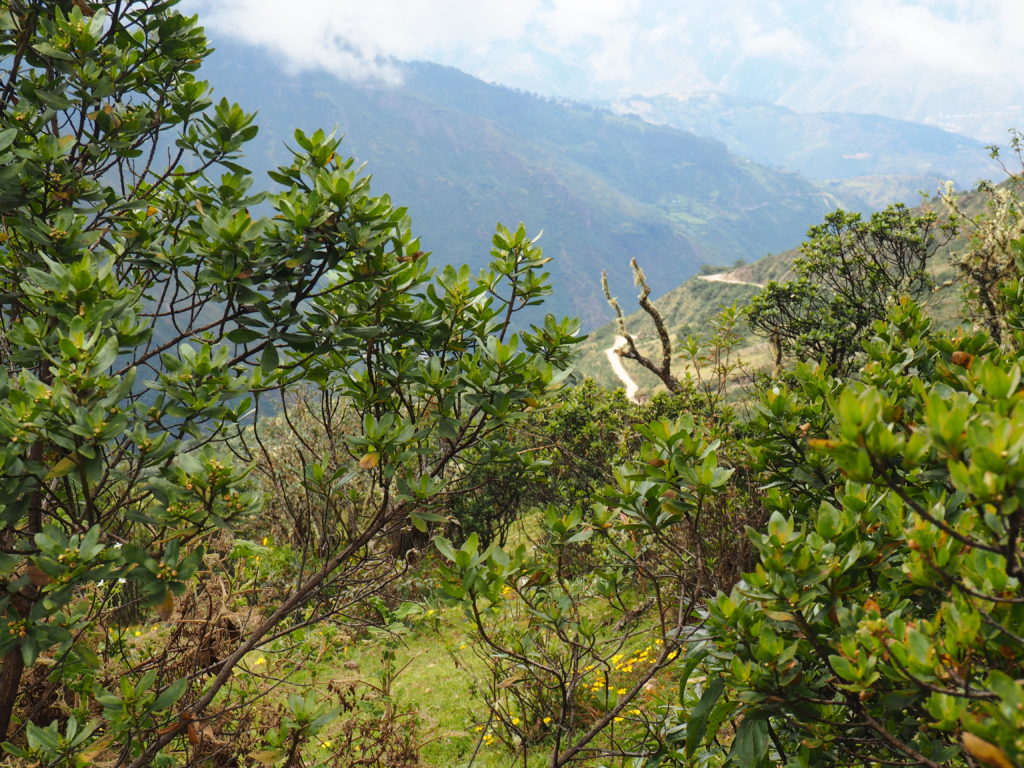
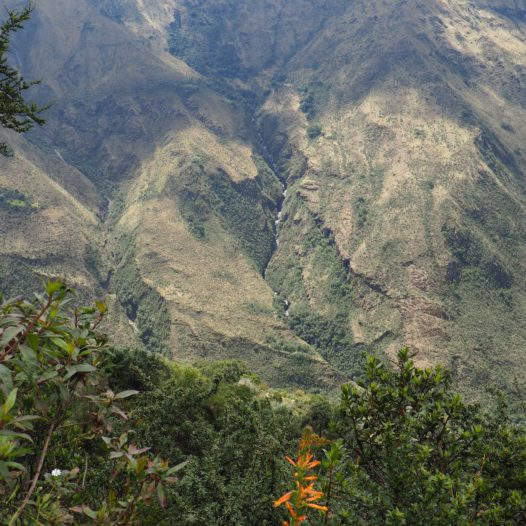
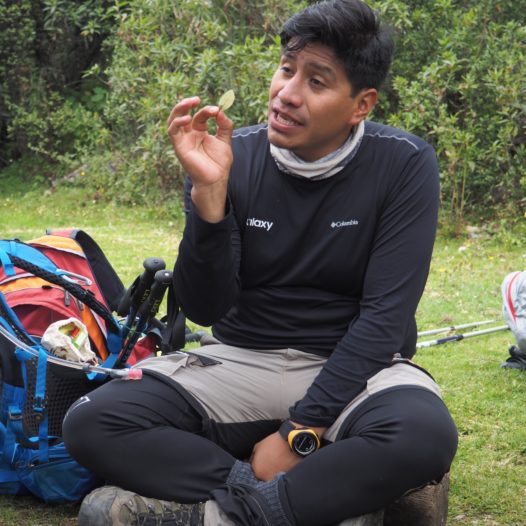
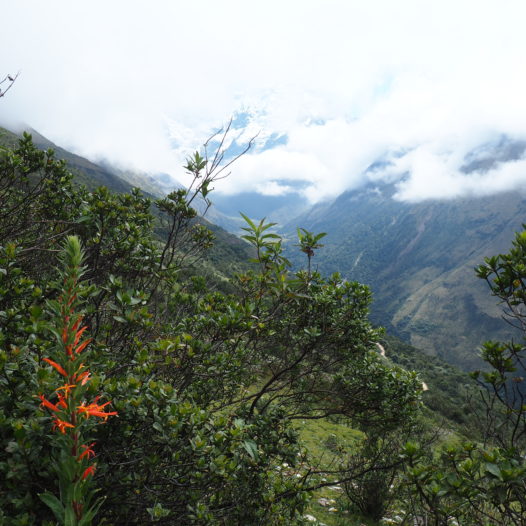
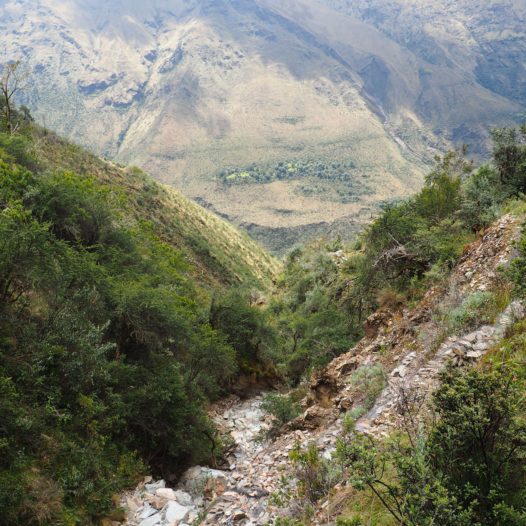
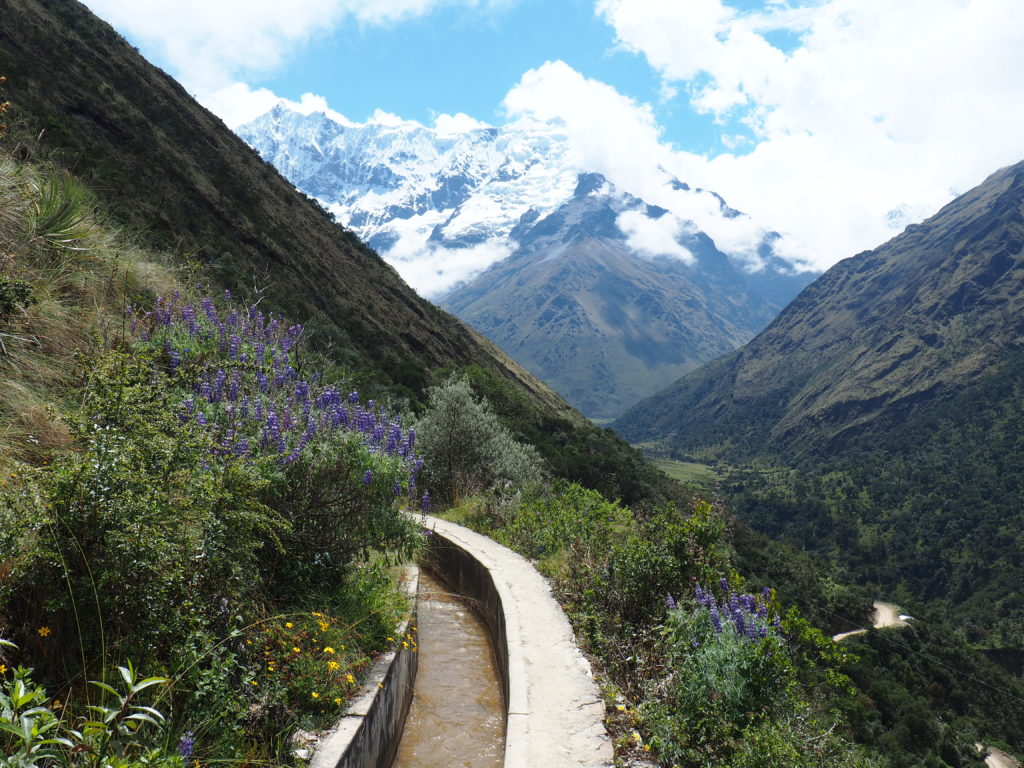
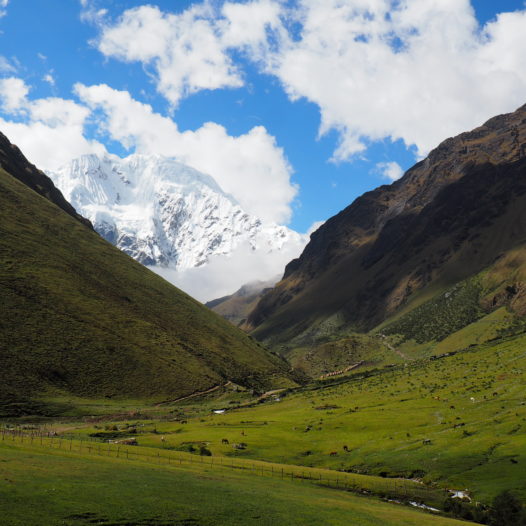
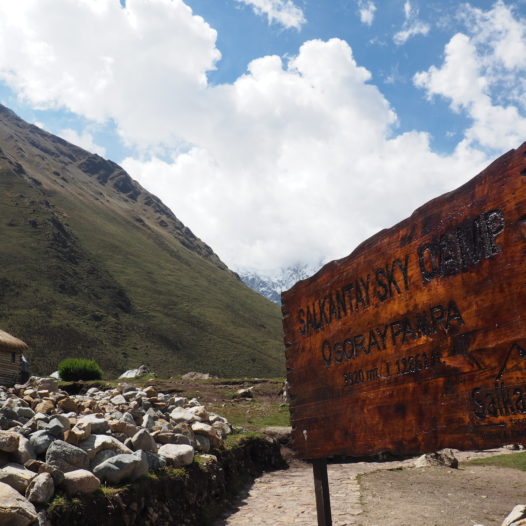
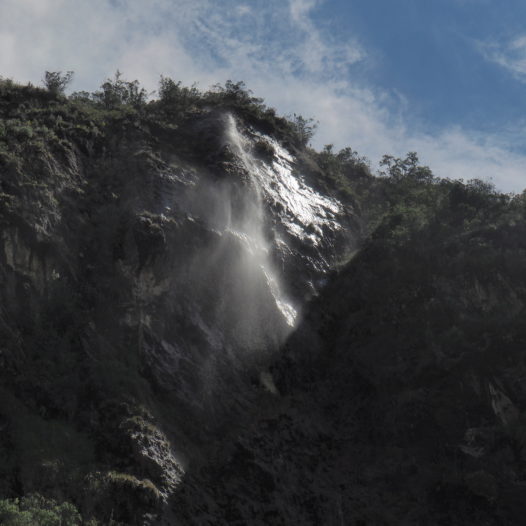
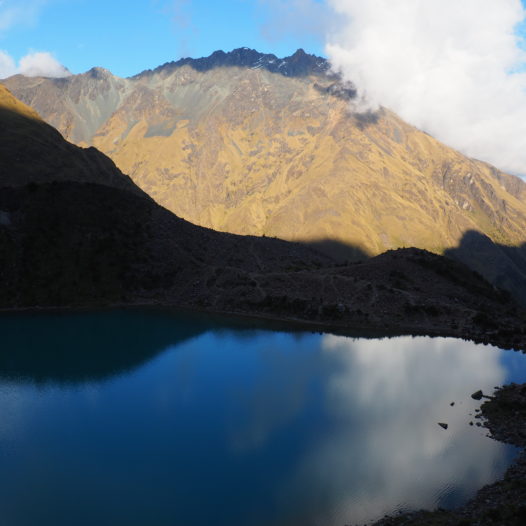
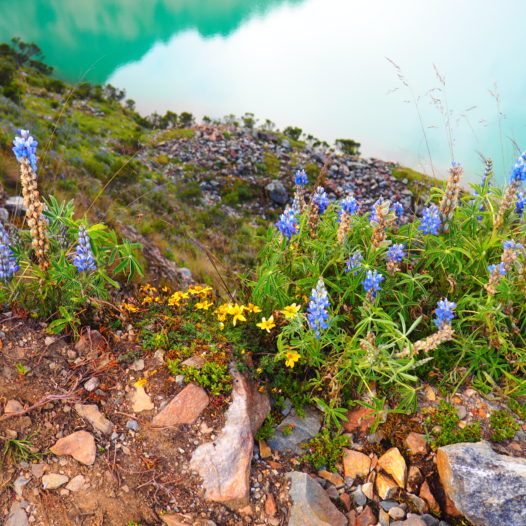
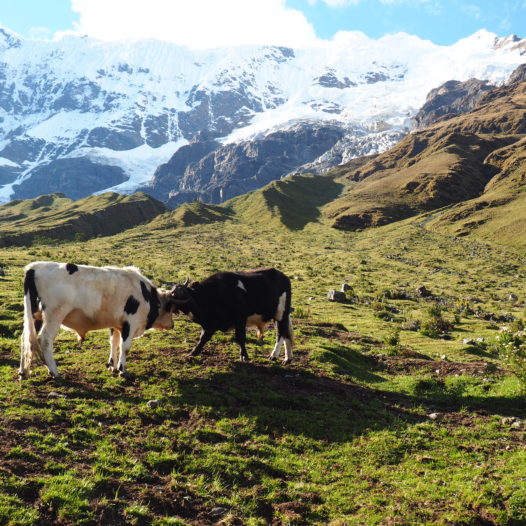
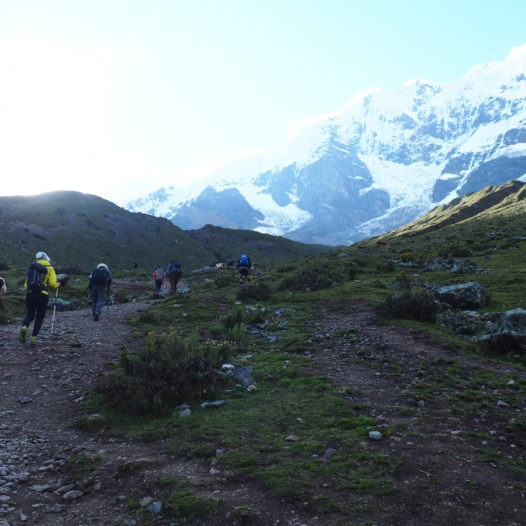
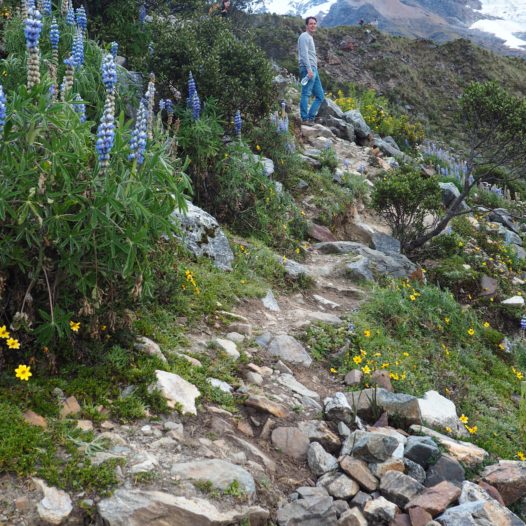
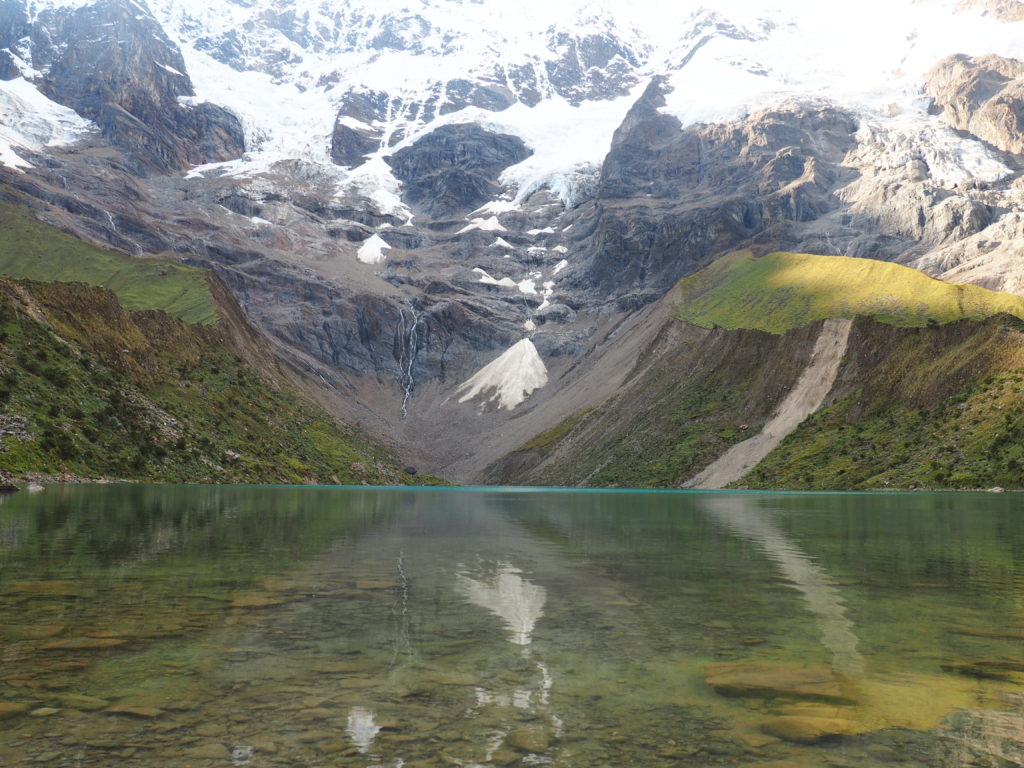
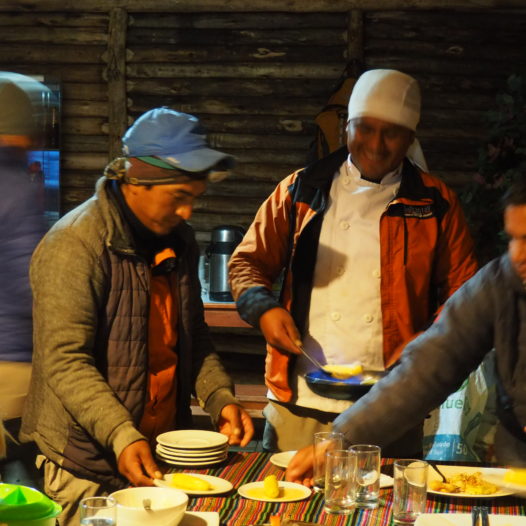
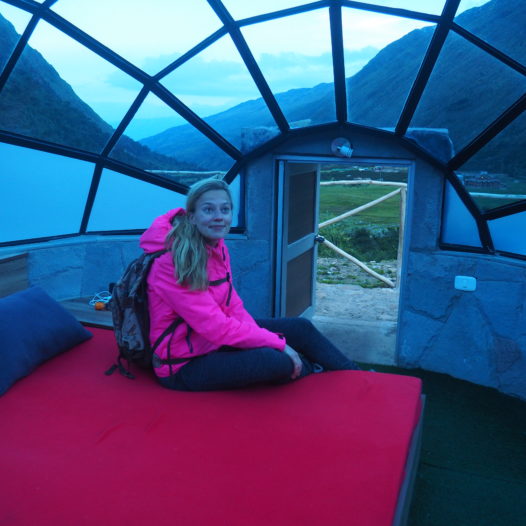
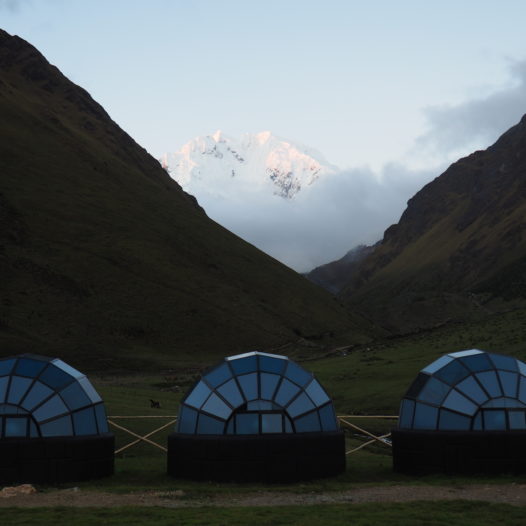
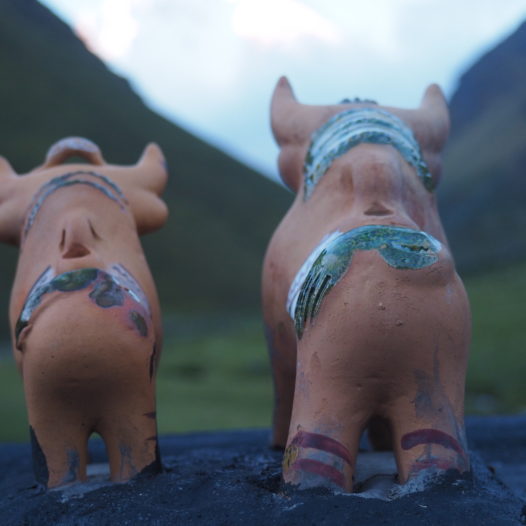
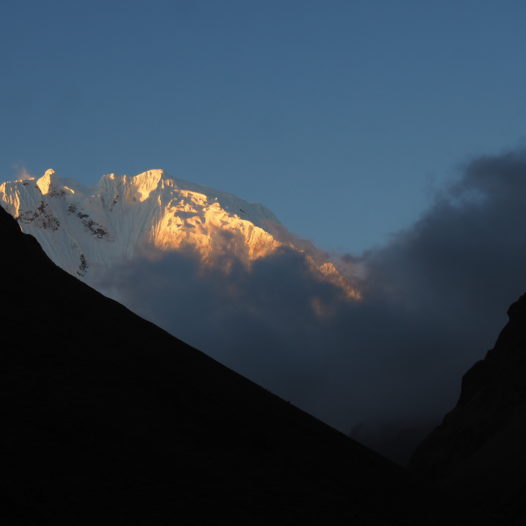
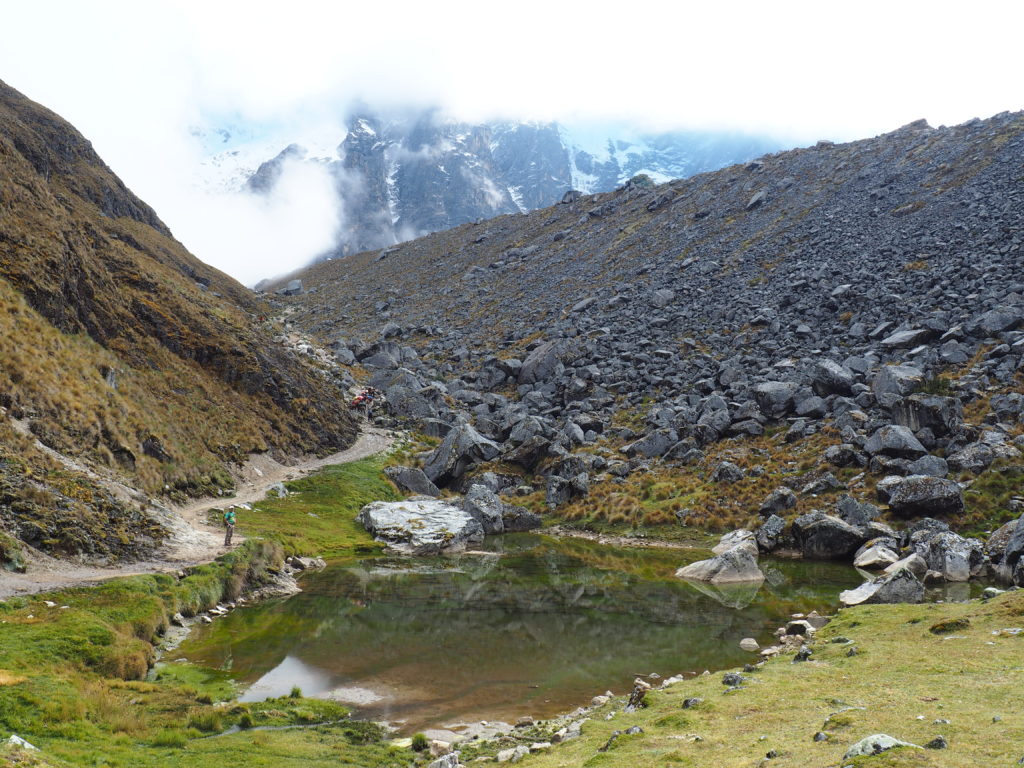
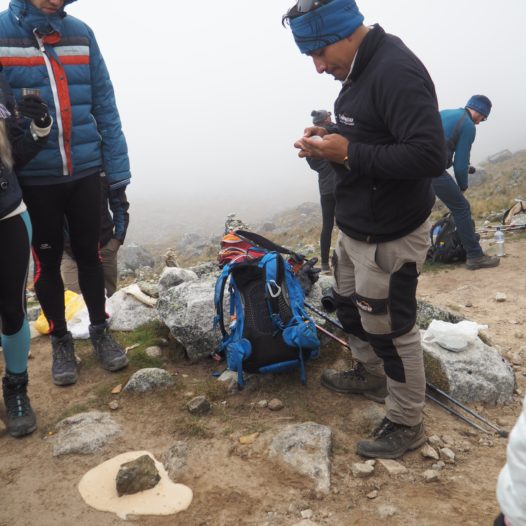
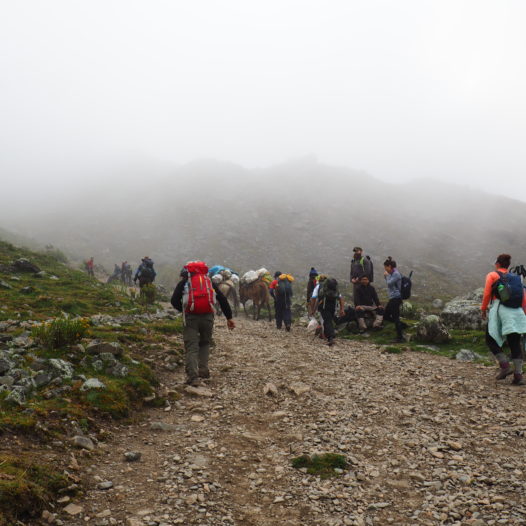
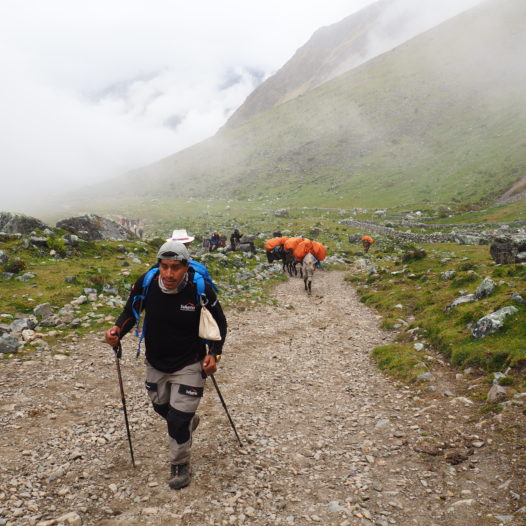
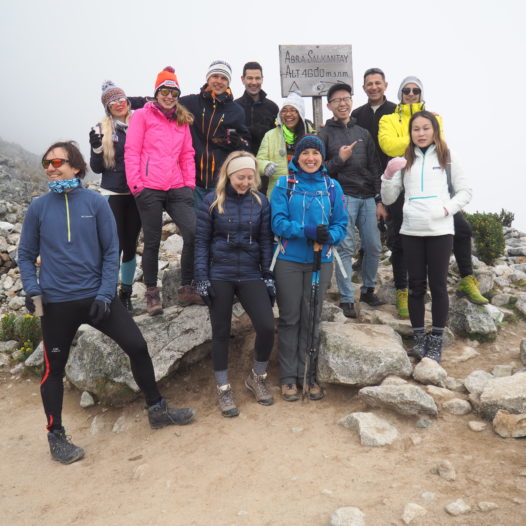
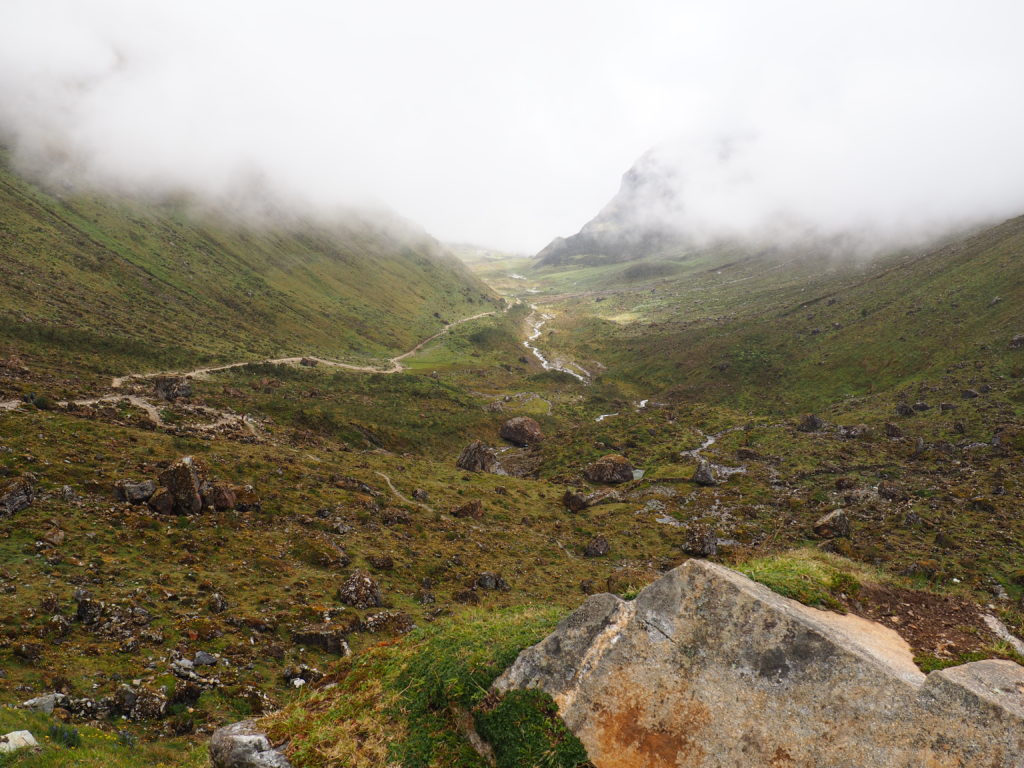
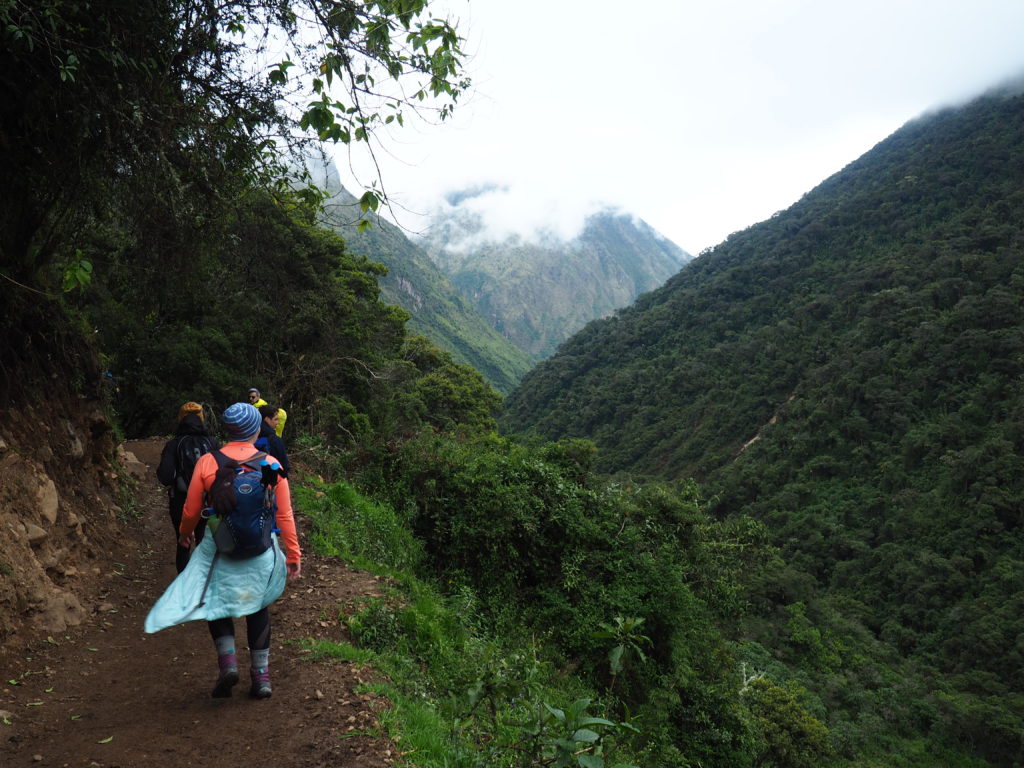
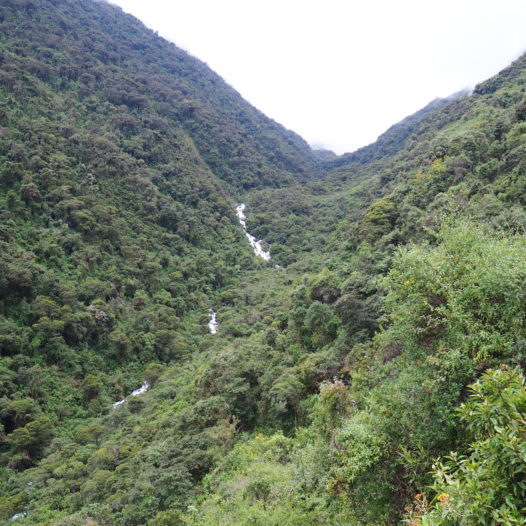
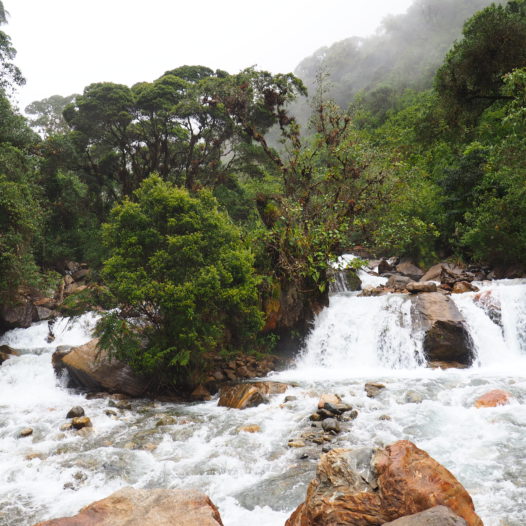
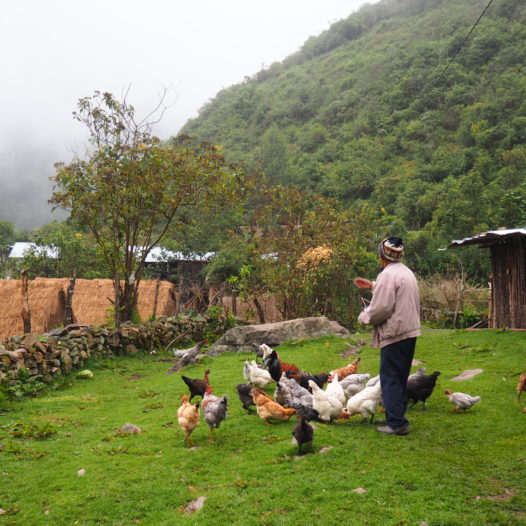
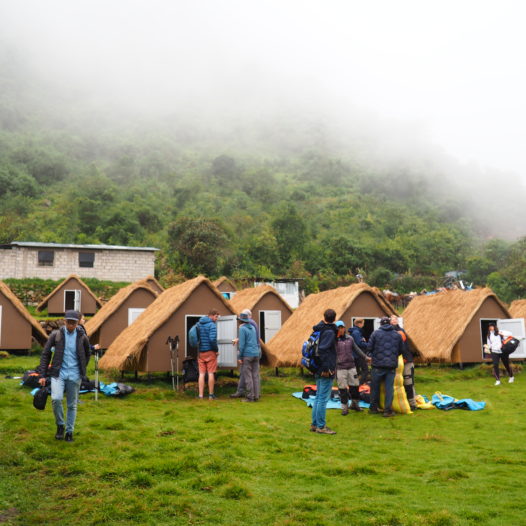
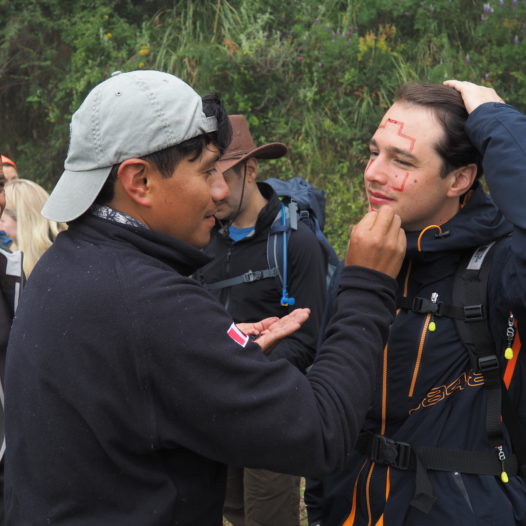
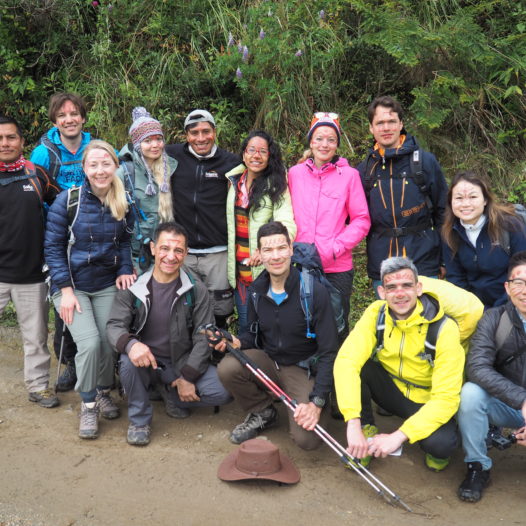
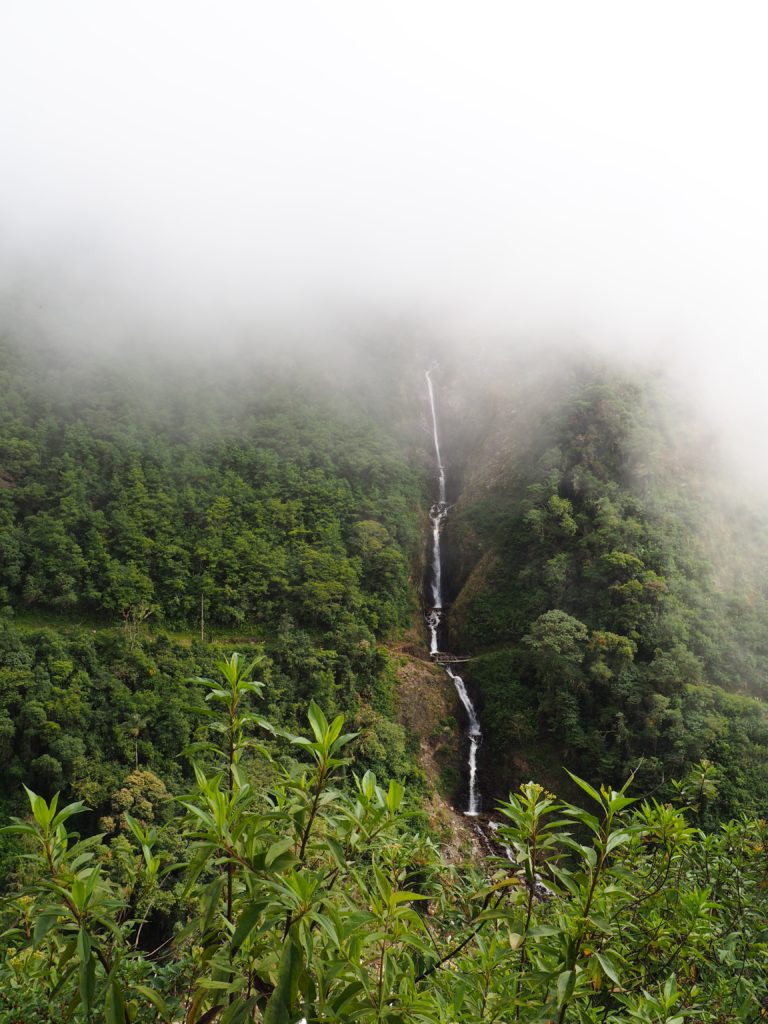
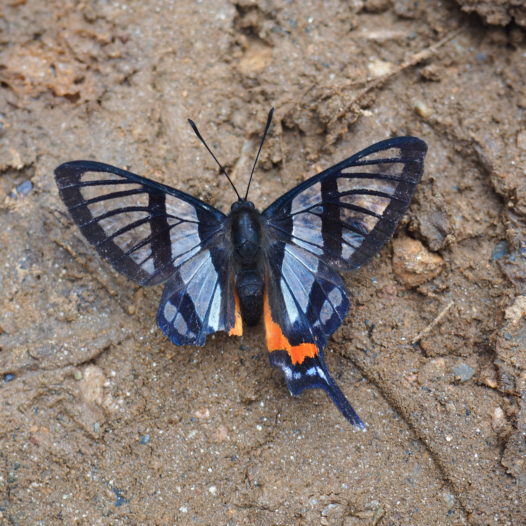
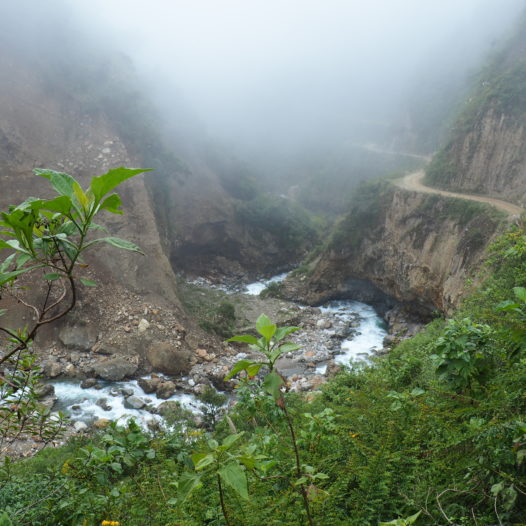
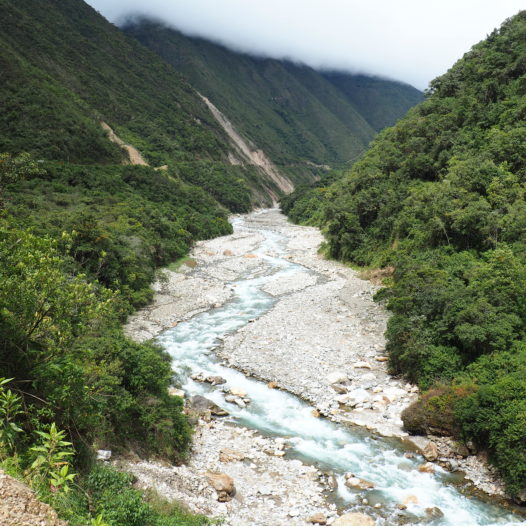
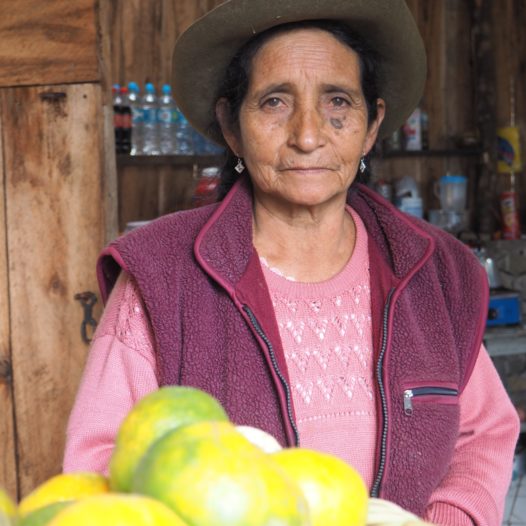
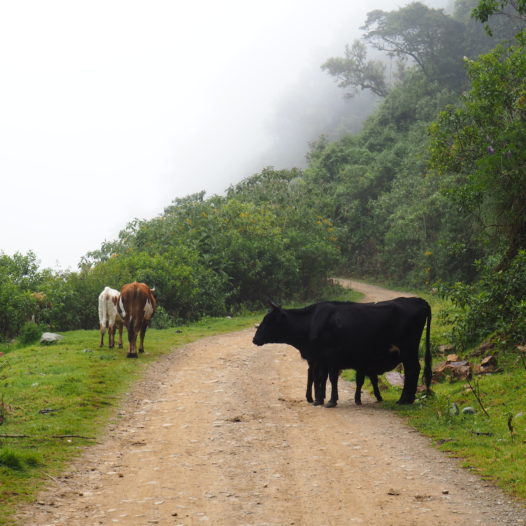
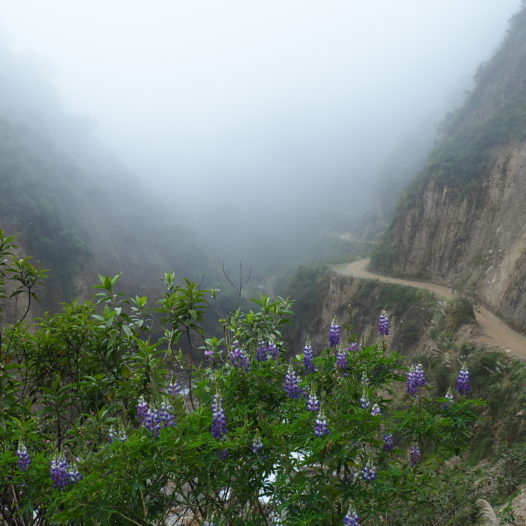
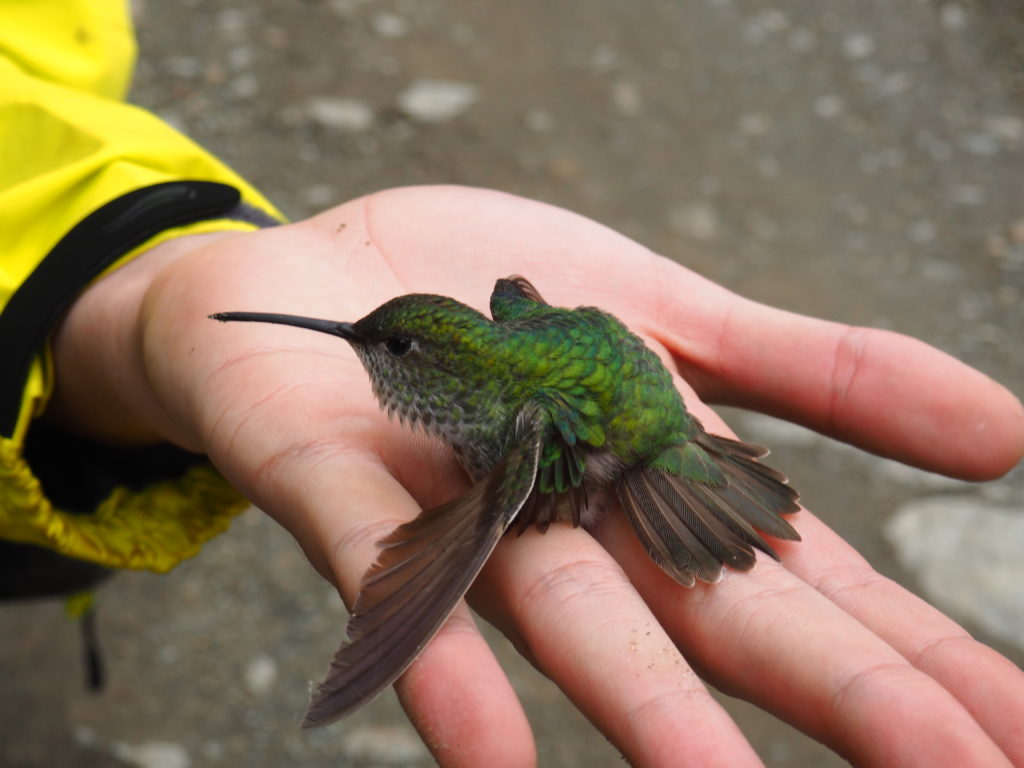
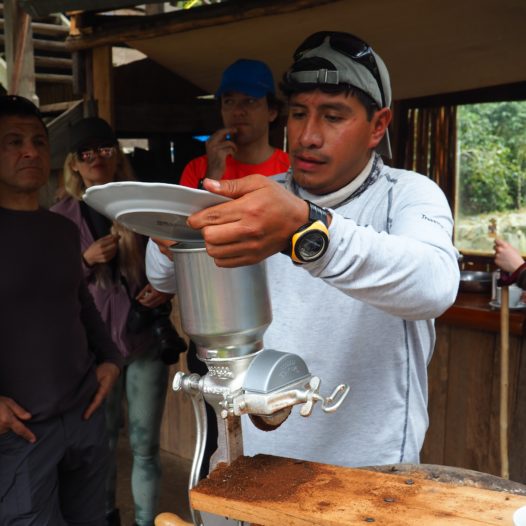
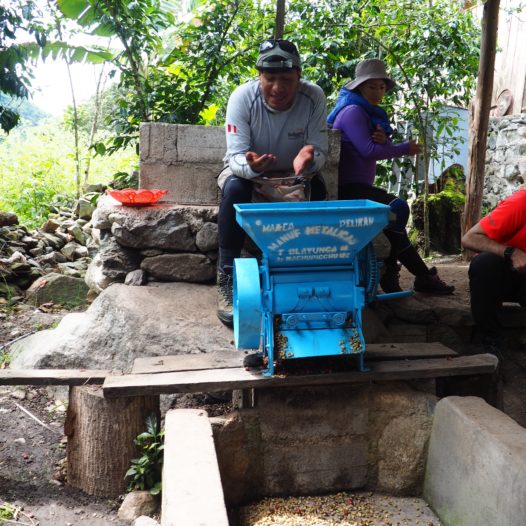
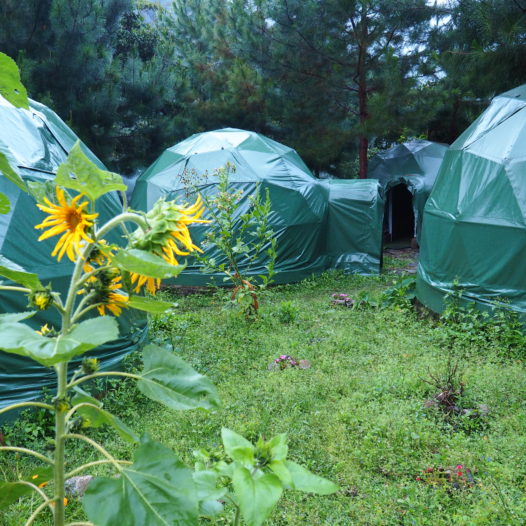
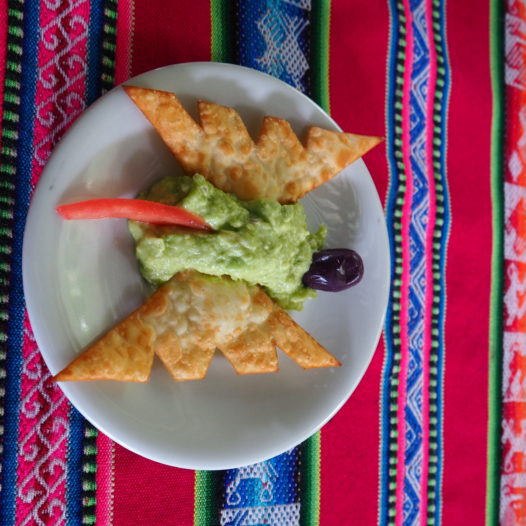
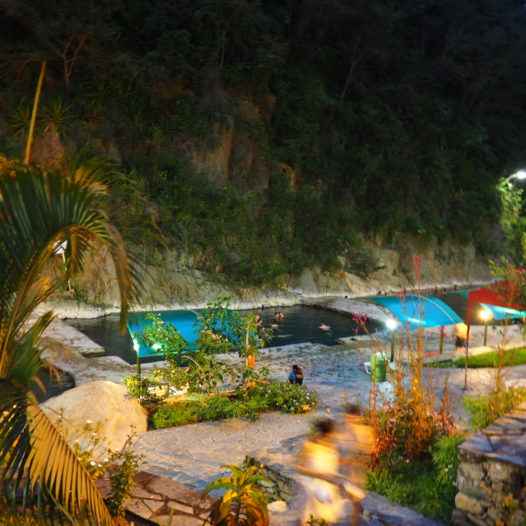
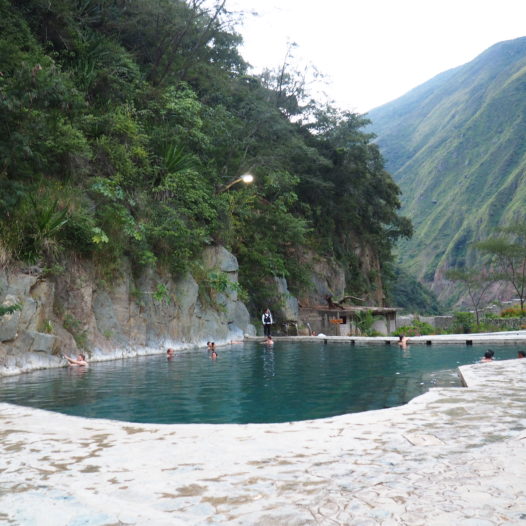
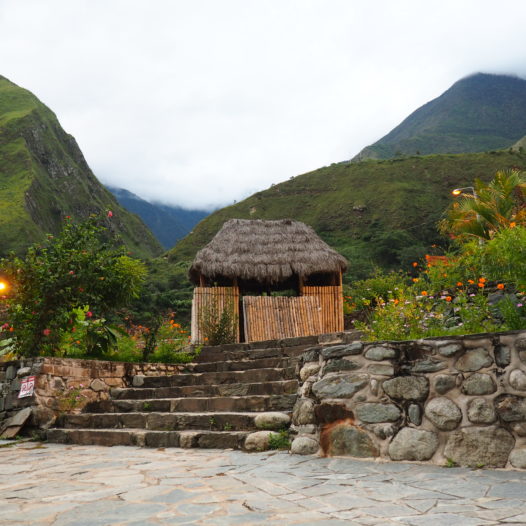
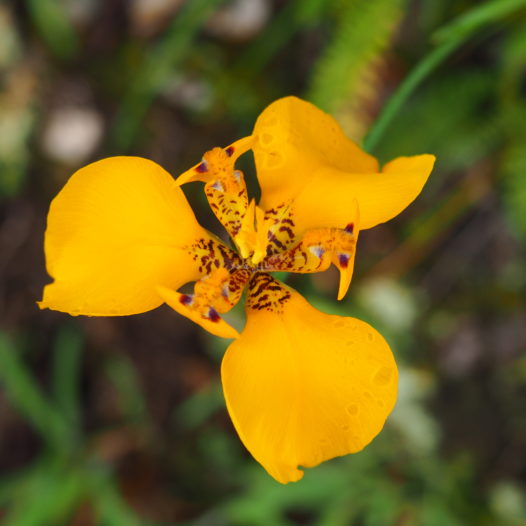
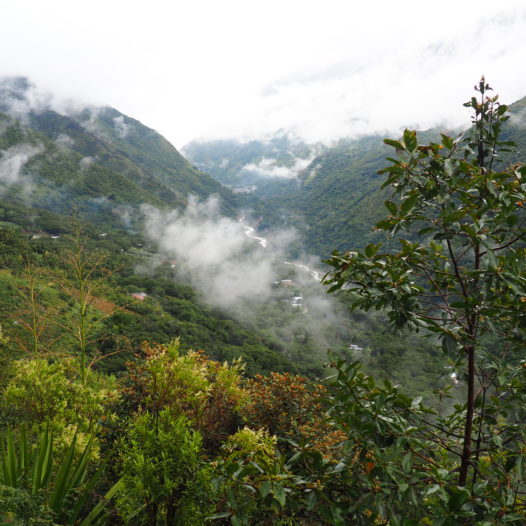
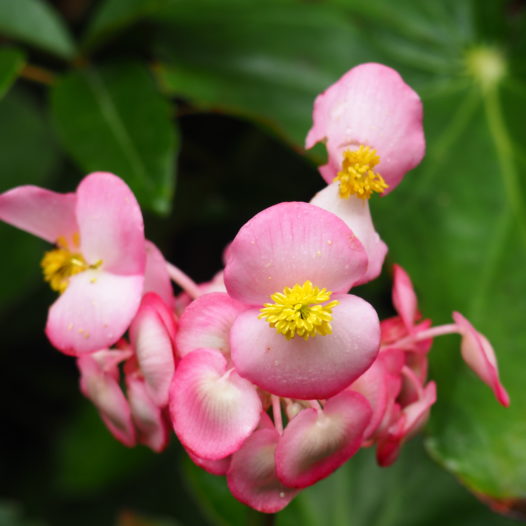
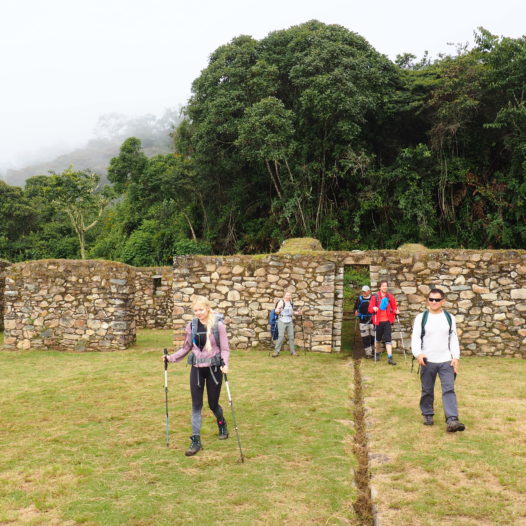
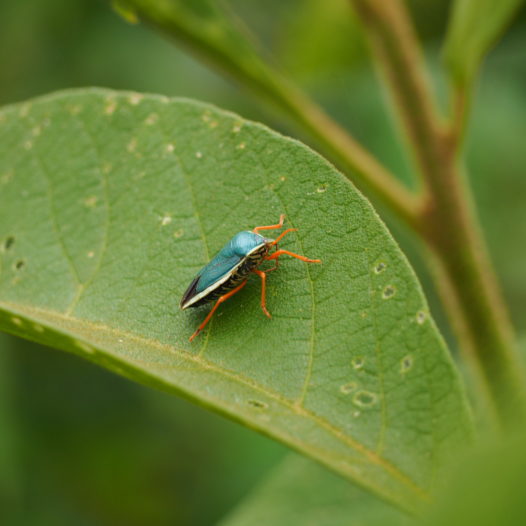
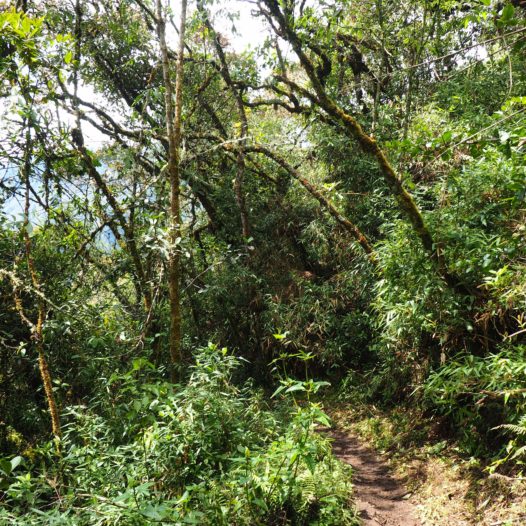
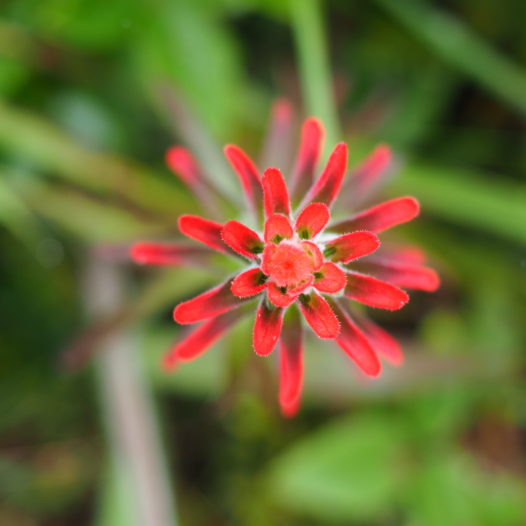
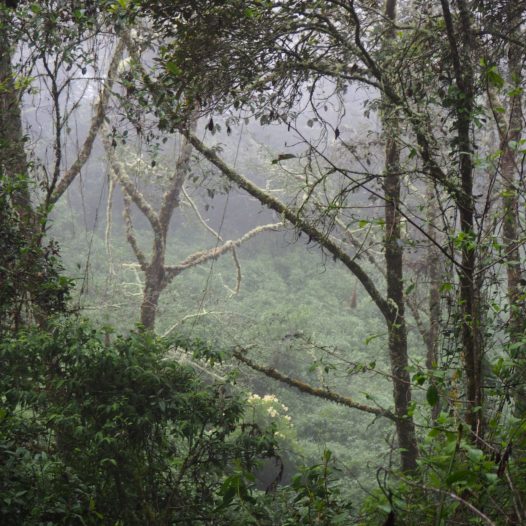
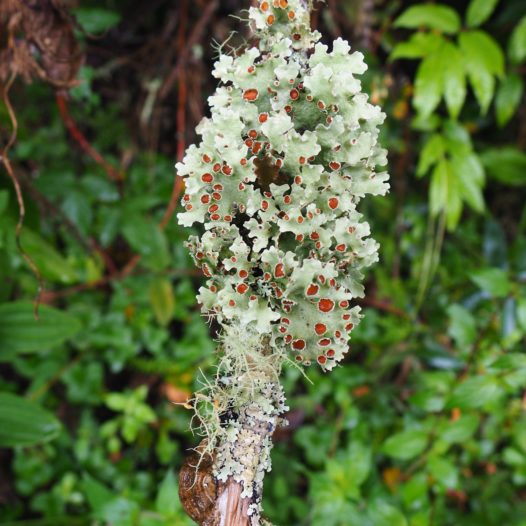
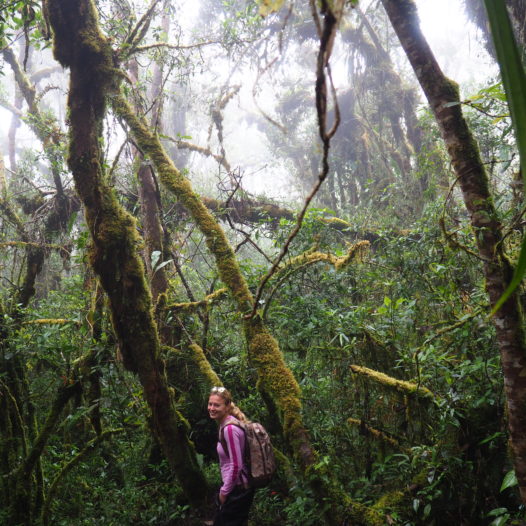
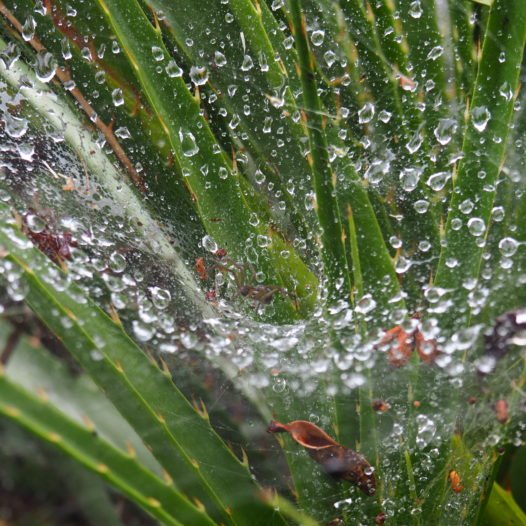
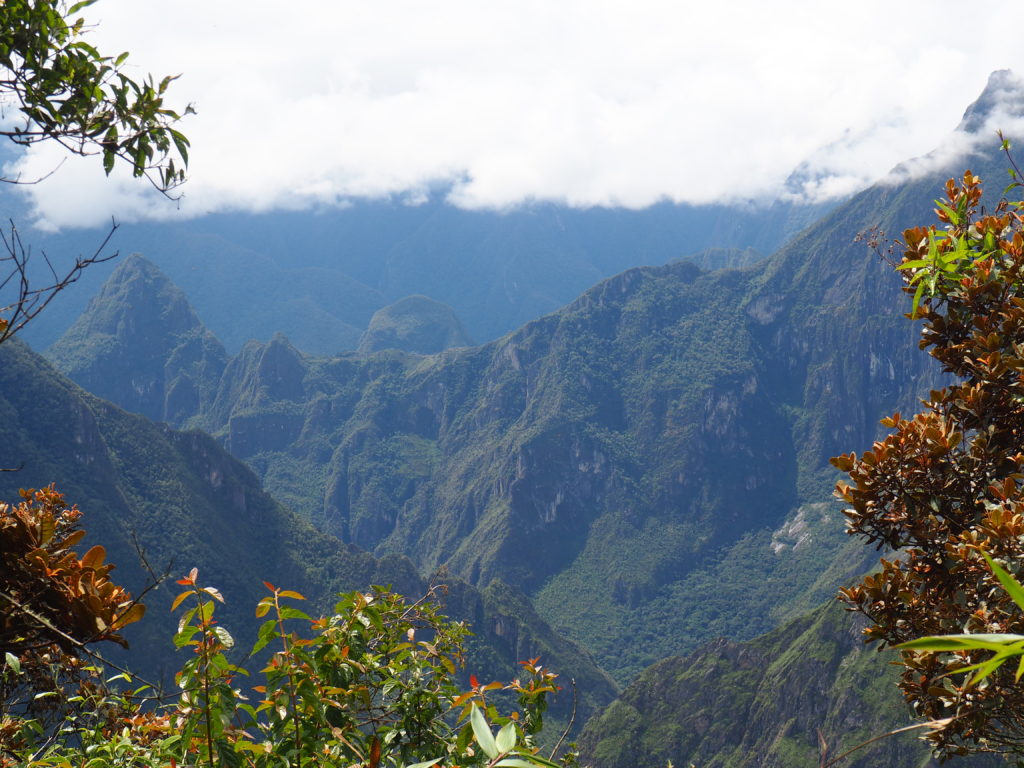
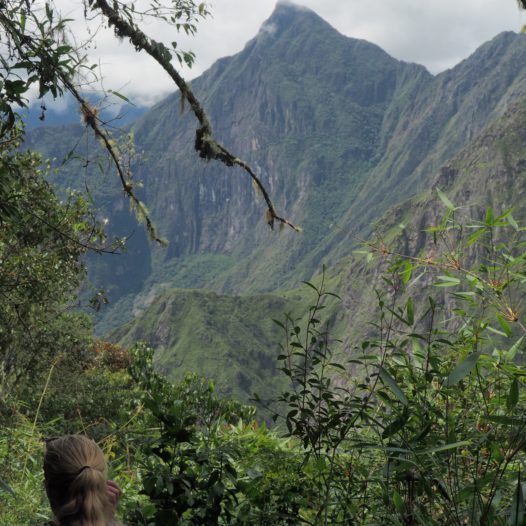
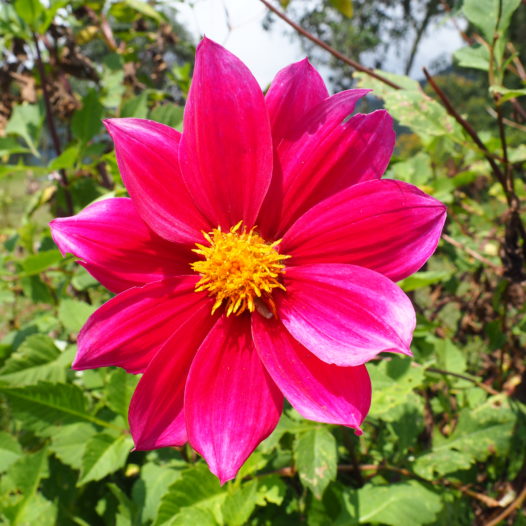
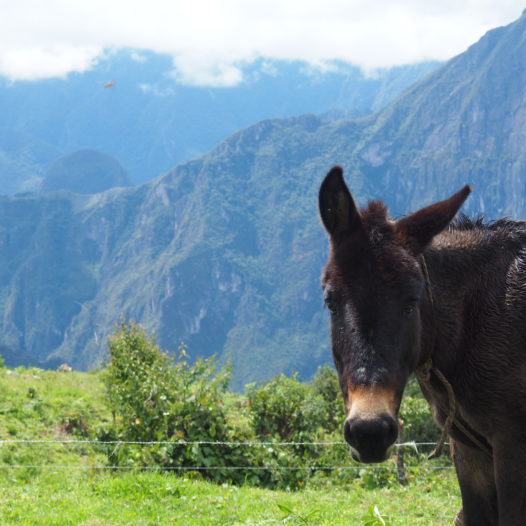
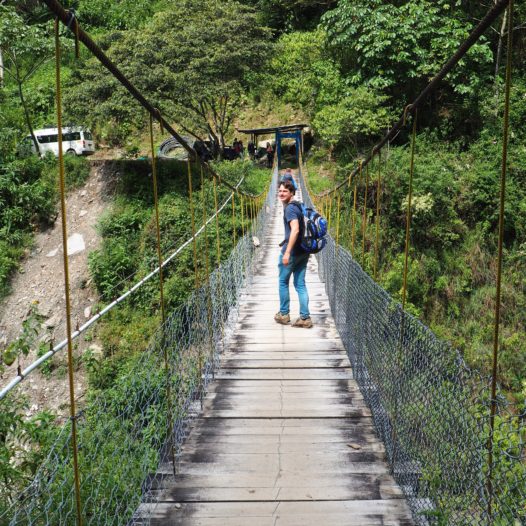
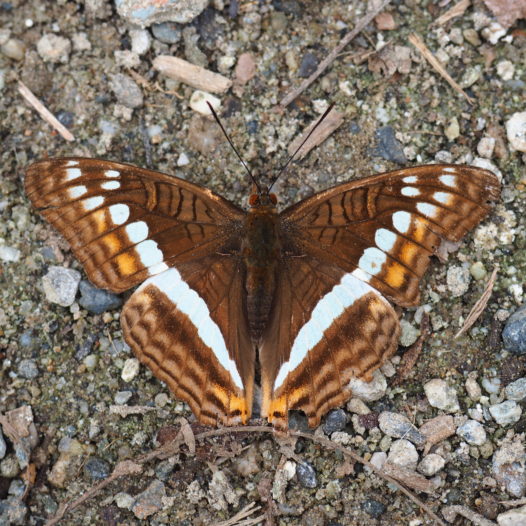
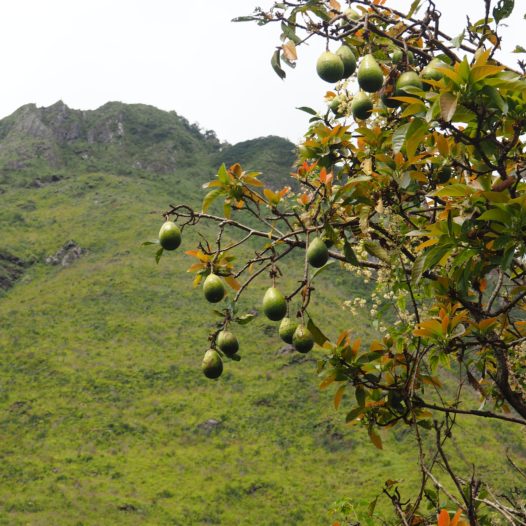
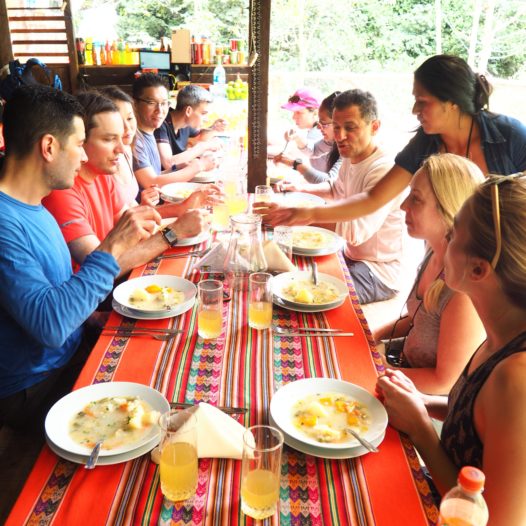
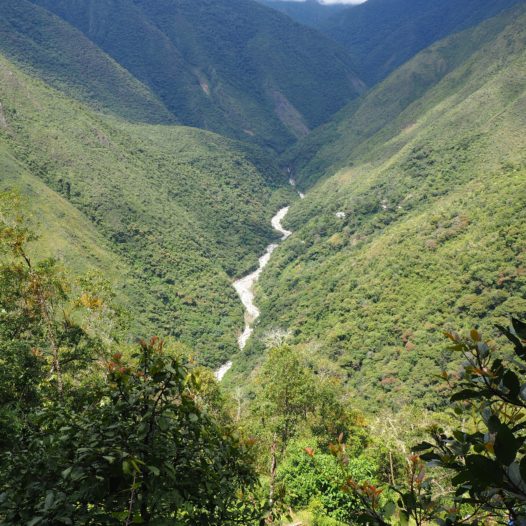
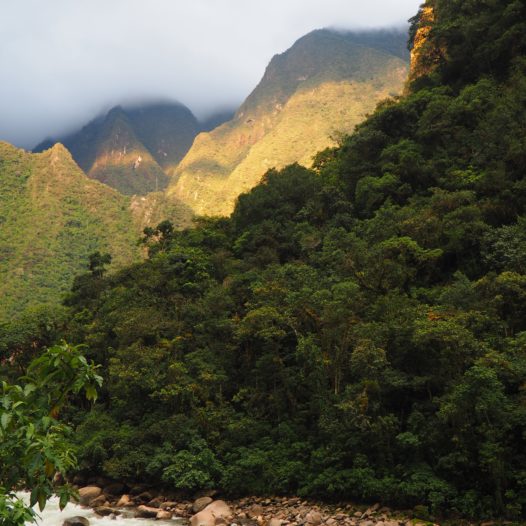
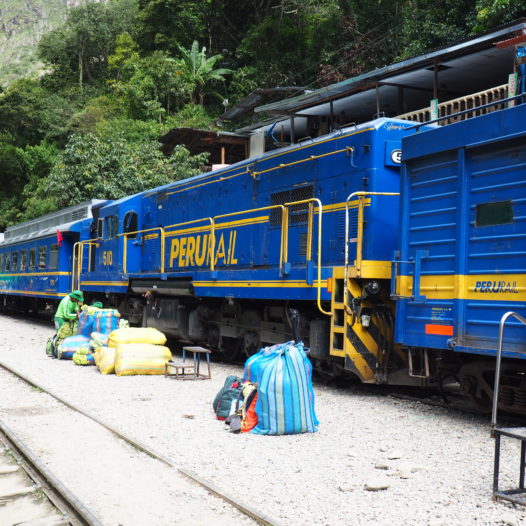
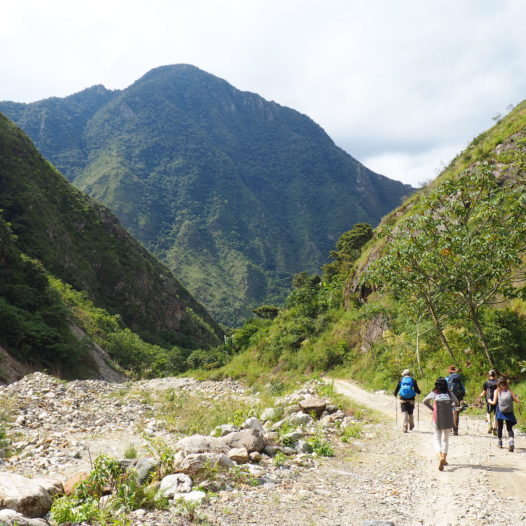
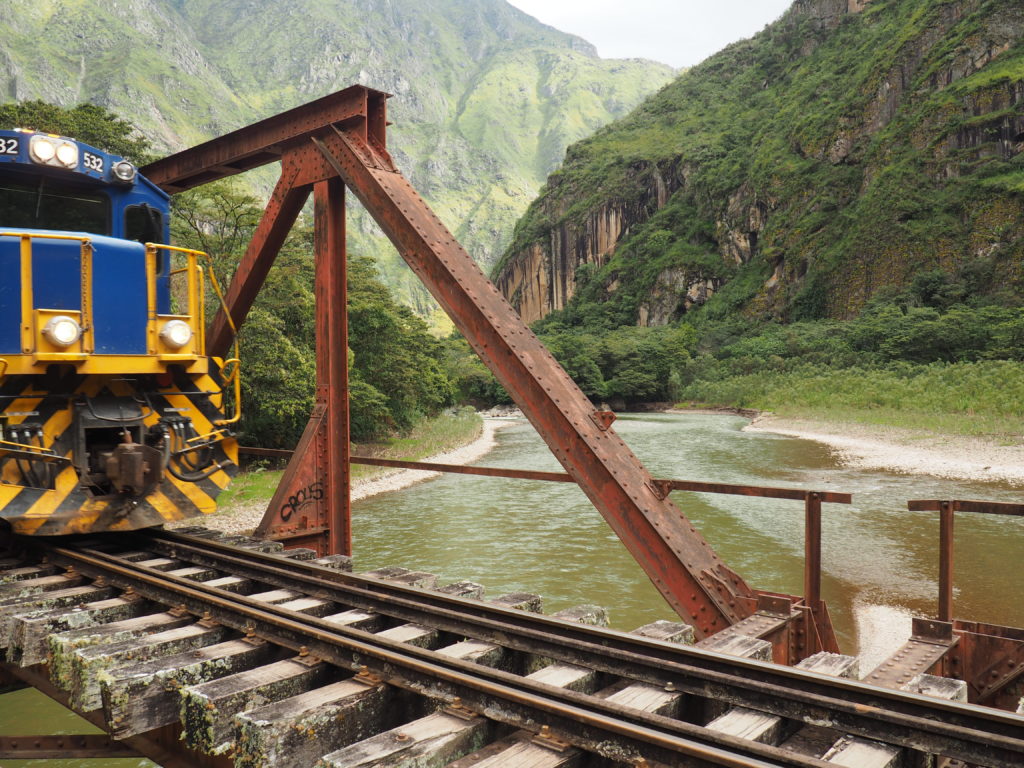
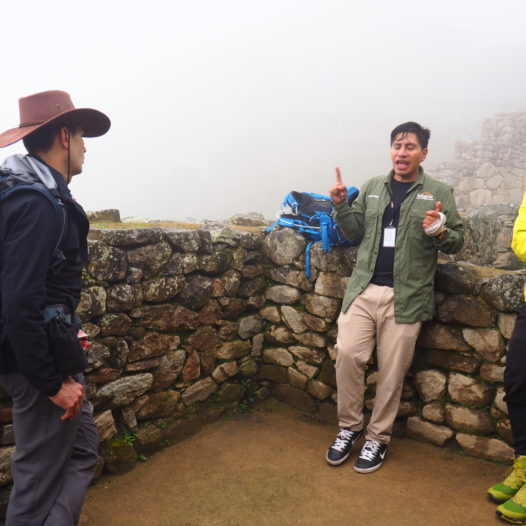
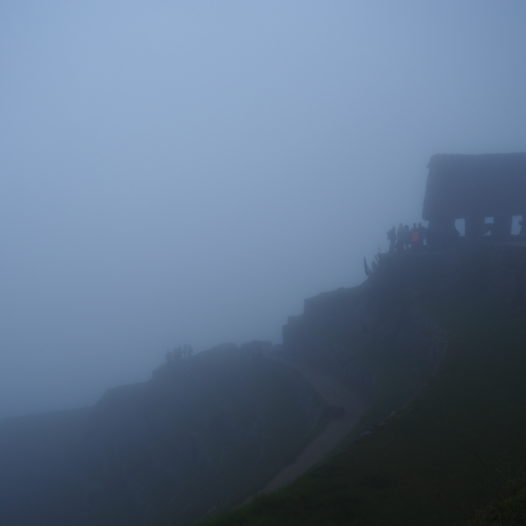
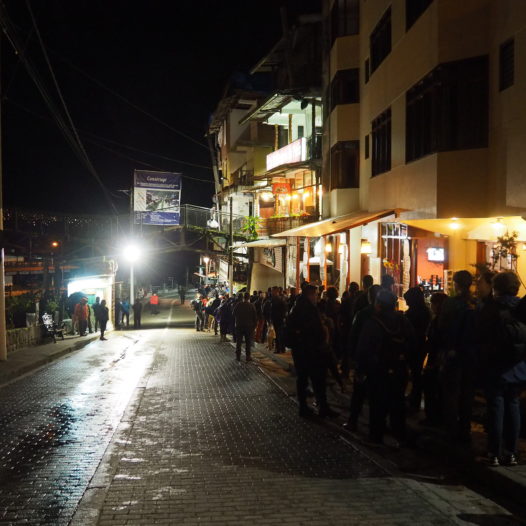
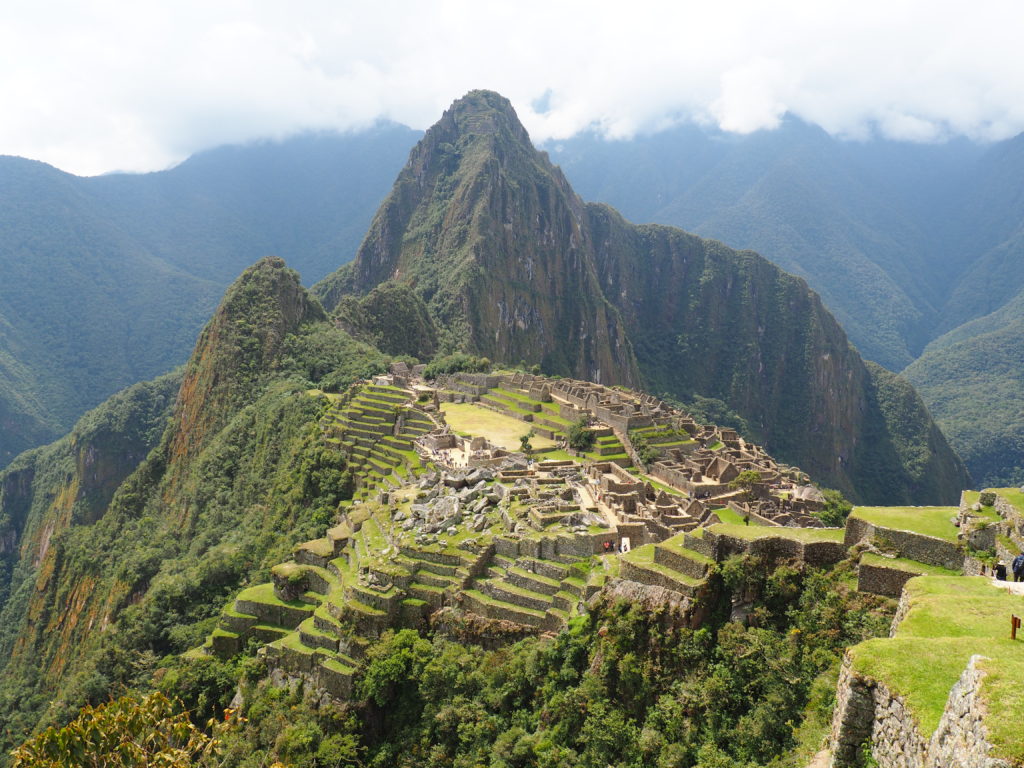
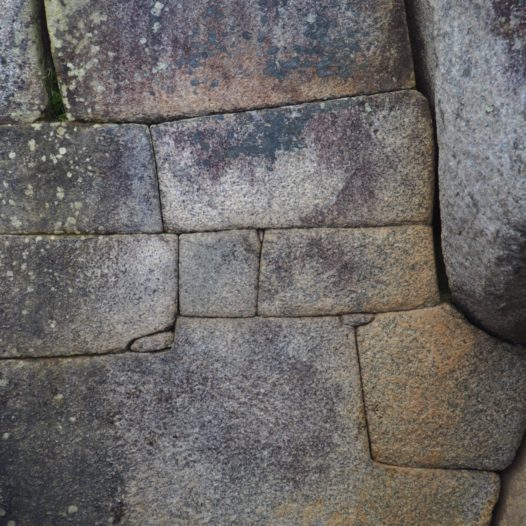
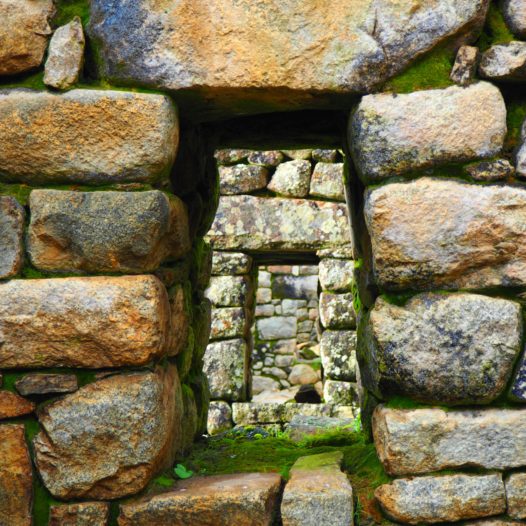
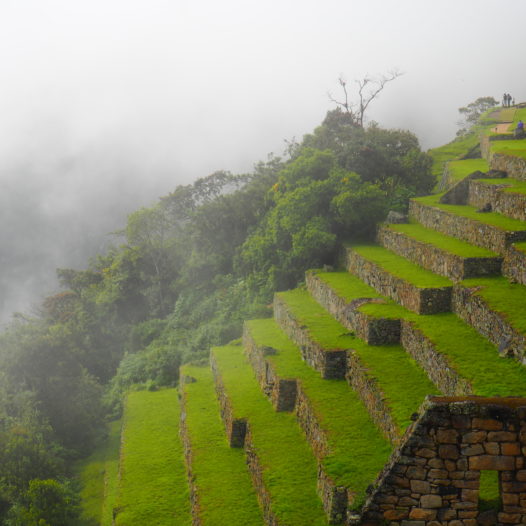
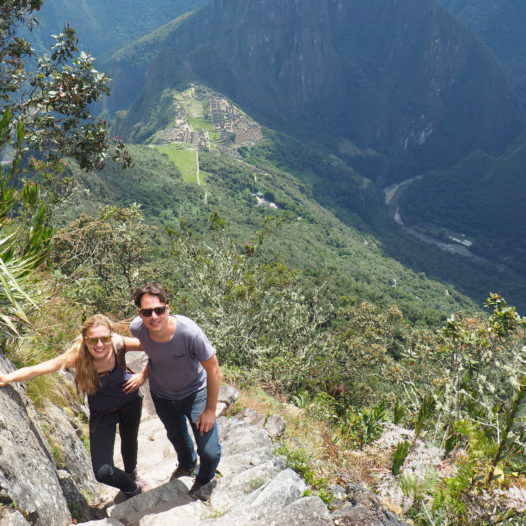
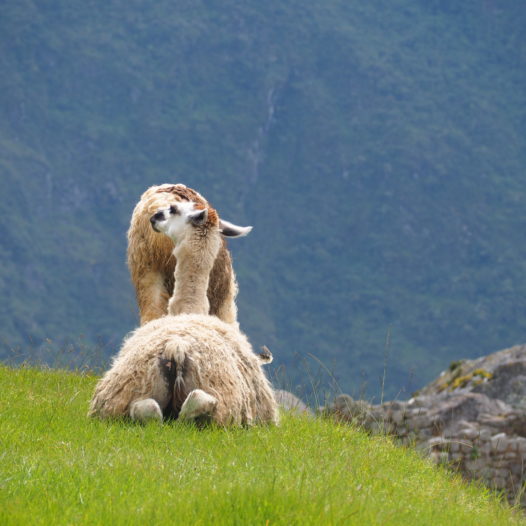
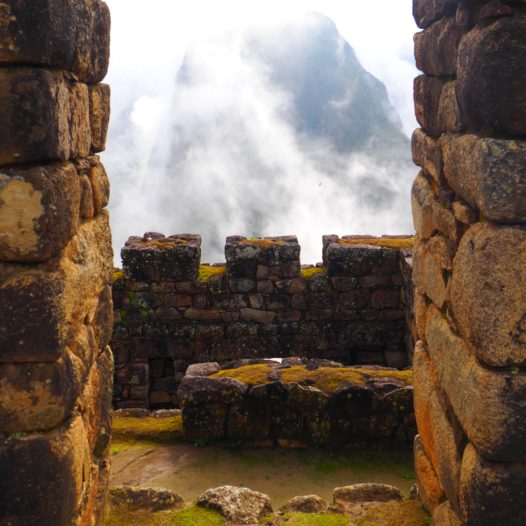
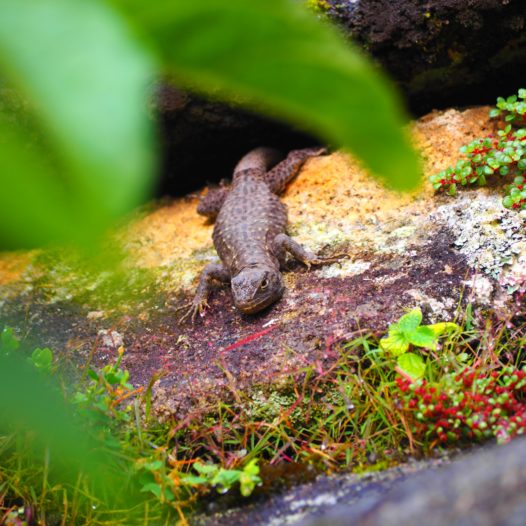
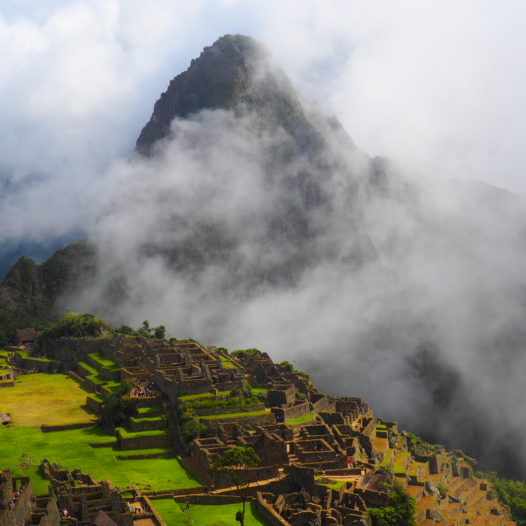
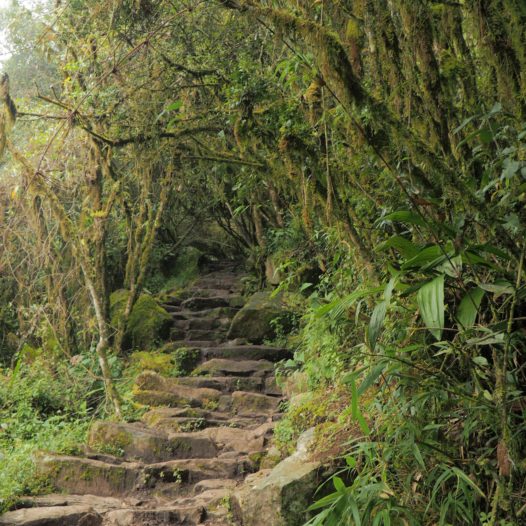
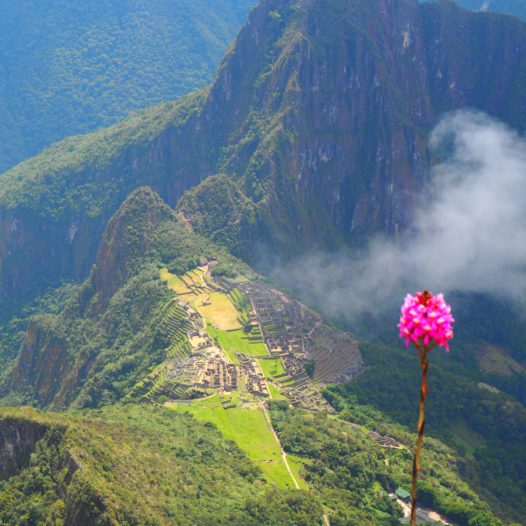
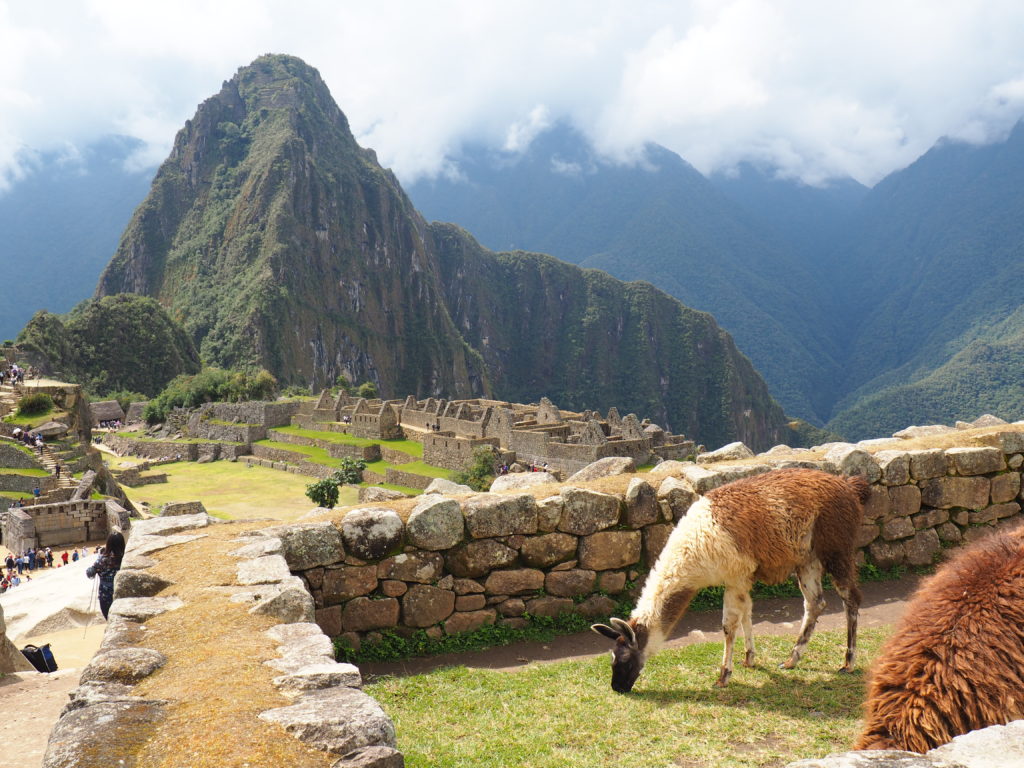
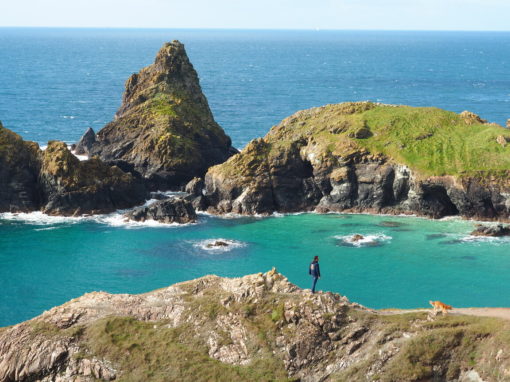
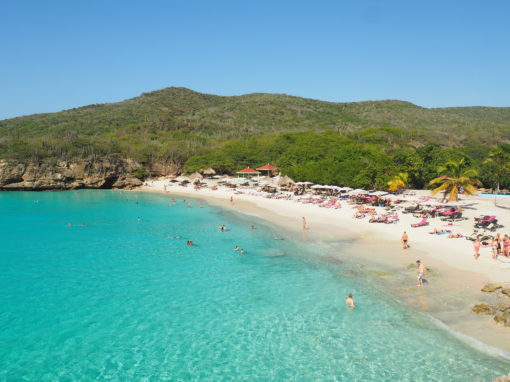
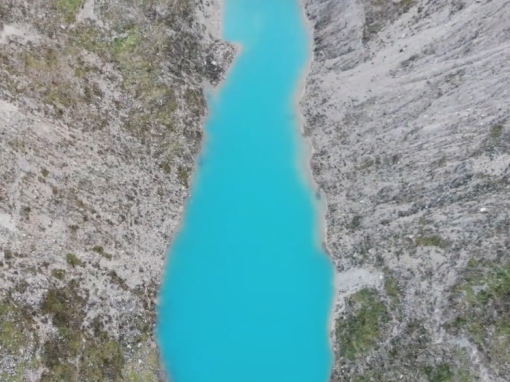

Salkantay Sky domes
January 2, 2019 at 5:18 pm
Good information, now the new trend is the new Sky Domes on the Route from Salkantay to Machu Picchu.